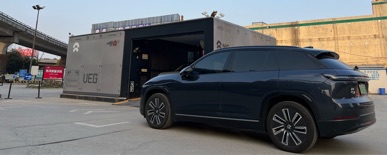D1, Nantong to Jinhua, one-way distance of 387 kilometers, navigation estimated time of 4 and a half hours, actual time of 5 hours and 15 minutes.
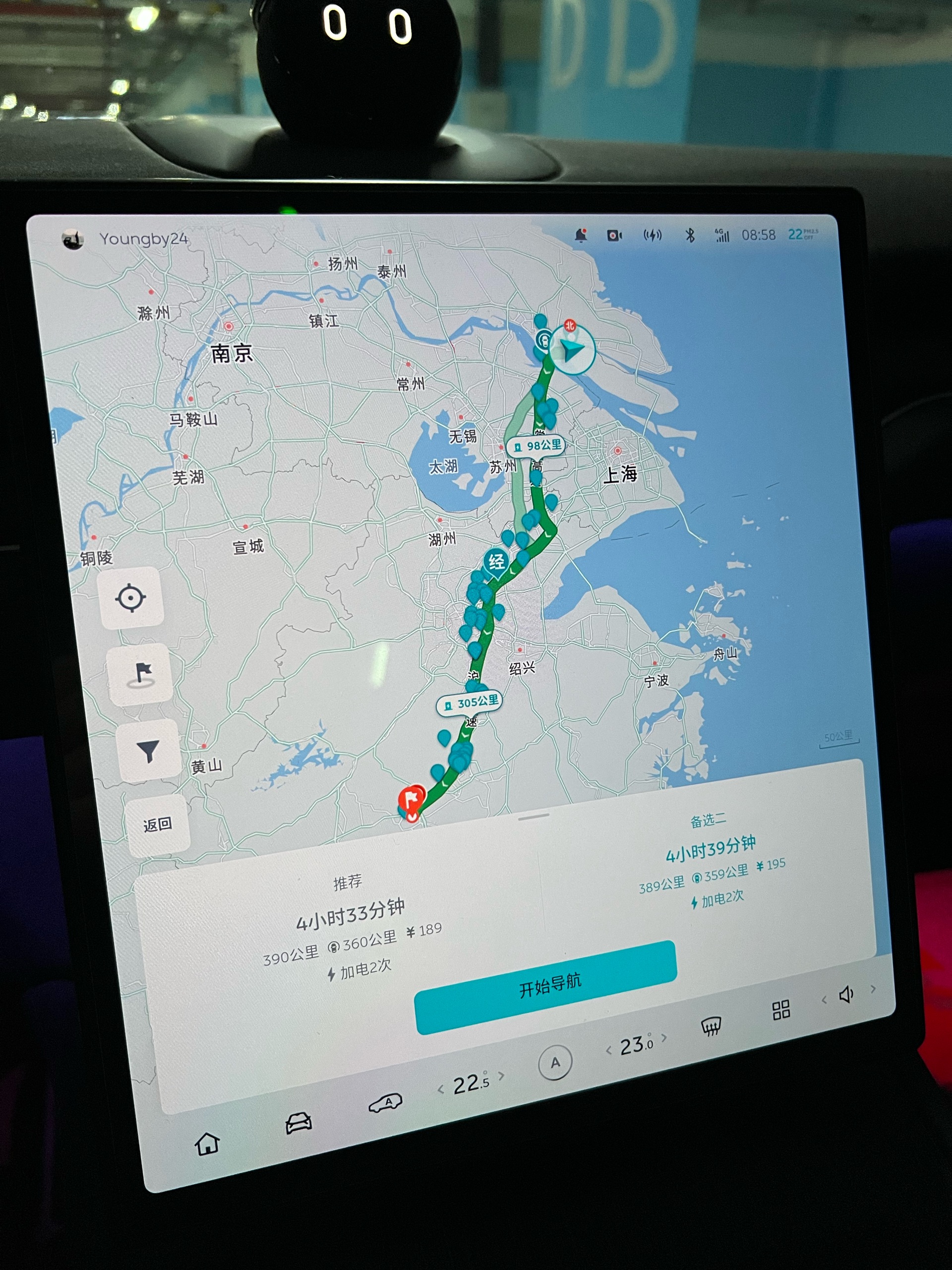
I was invited by an old friend from Zhejiang to meet during the Chinese New Year. Coincidentally, NIO launched the activity of “unlimited free battery swap during the Spring Festival high-speed period”. I planned my route on the NIO app and found that I only needed to swap the battery once for a round trip. So I accepted the invitation and arranged my schedule.
On the morning of the 20th, I departed at 9 o’clock. The weather was clear and the temperature was 12 degrees Celsius. I set the driving mode to personalized mode, with an acceleration of 5.9 seconds, and the kinetic energy recovery was set to the highest level. The displayed range was 482 kilometers (75-degree battery, almost fully charged).
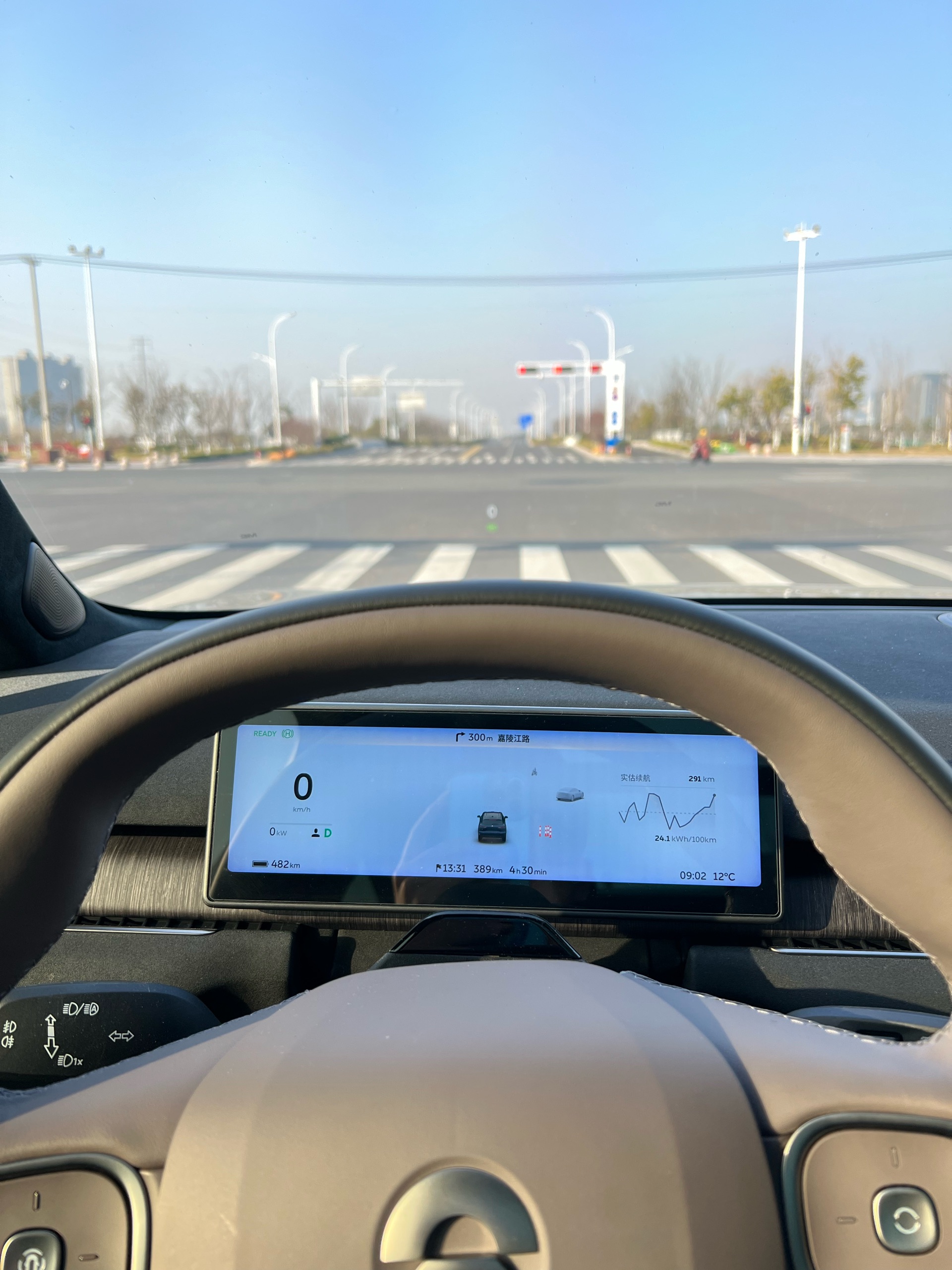

I drove all the way without charging because I followed the principle of swapping the battery instead of charging. Finally, I arrived at the NIO battery swap station in Chang’an service area (Kunming direction) on the G60 Shanghai-Kunming Expressway. I traveled 218 kilometers and the remaining displayed range was 112 kilometers when I arrived, which means my car lost 370 kilometers of range, approximately 59% discount due to the cold winter temperature.

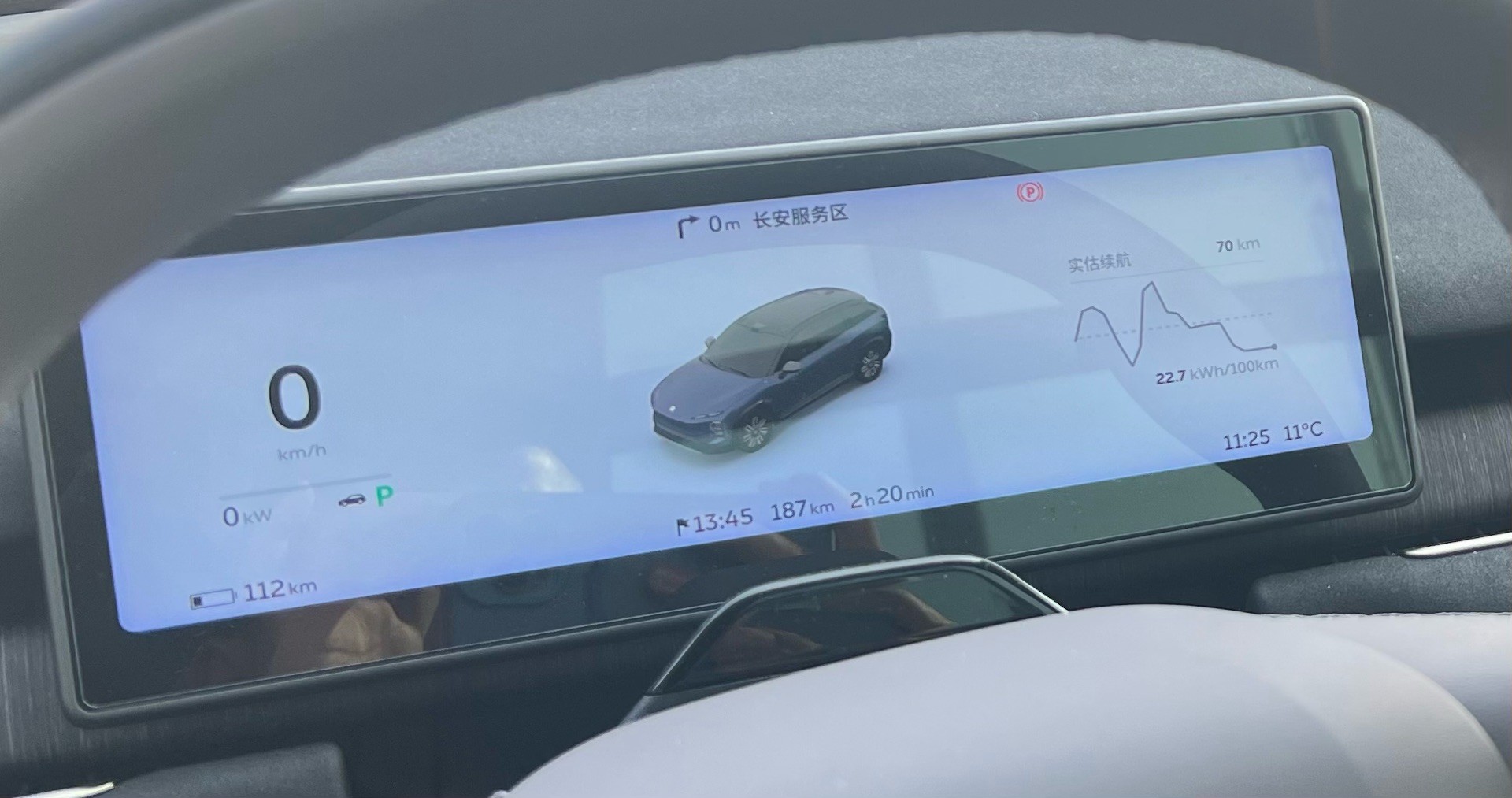
I remember that in my car experience sharing note posted in the summer and autumn, I said that the range of ES7 with a 75-degree battery is about 7-8% off, which can reach about 378 kilometers. Commenters said I was a lobbyist for NIO, but in fact, the range is affected by various factors, especially temperature. Besides, I think cars are meant to be used and not to be treated with great care. As long as we can swap the battery, battery anxiety? It doesn’t exist. (Now I envy those early NIO owners who have the right to swap batteries for free unlimited times per month, which is awesome.)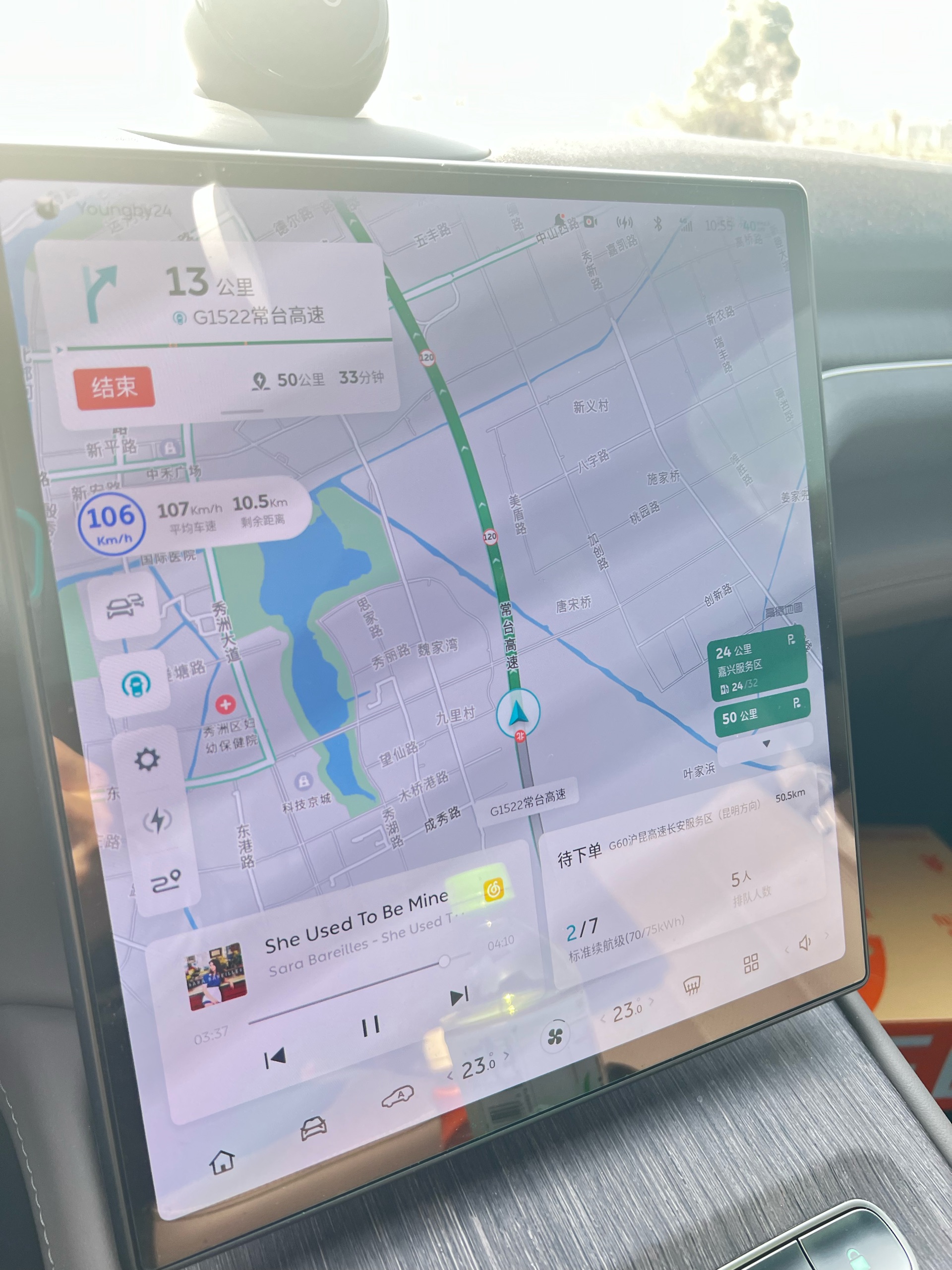
Before reaching the service area, Nomi helped me set up automatic ordering near the arrival station. Therefore, I observed that the battery exchange station at Chang’an Service Area was really busy, with about 4-5 people queued up to exchange batteries. When I arrived at the station, there were four people in front of me. According to the car display, the estimated waiting time was 39 minutes, which seemed intimidating at first glance. However, after waiting for one car to complete the battery exchange, it only took 6-7 minutes for the whole process. So, I didn’t actually have to wait that long. When it was my turn to exchange the battery, I waited for about 27 minutes, 12 minutes less than the estimated time. The second-generation station has a total of twelve batteries, seven at 70/75 degrees and five at 100 degrees. It was fortunate that there were always usable batteries available. The queue was for people and not for batteries. So, this made me more inclined to exchange batteries rather than recharge psychologically. It’s like spending half an hour to replenish energy, charging costs money, while exchanging batteries is for free, which is, of course, more attractive hhh😆
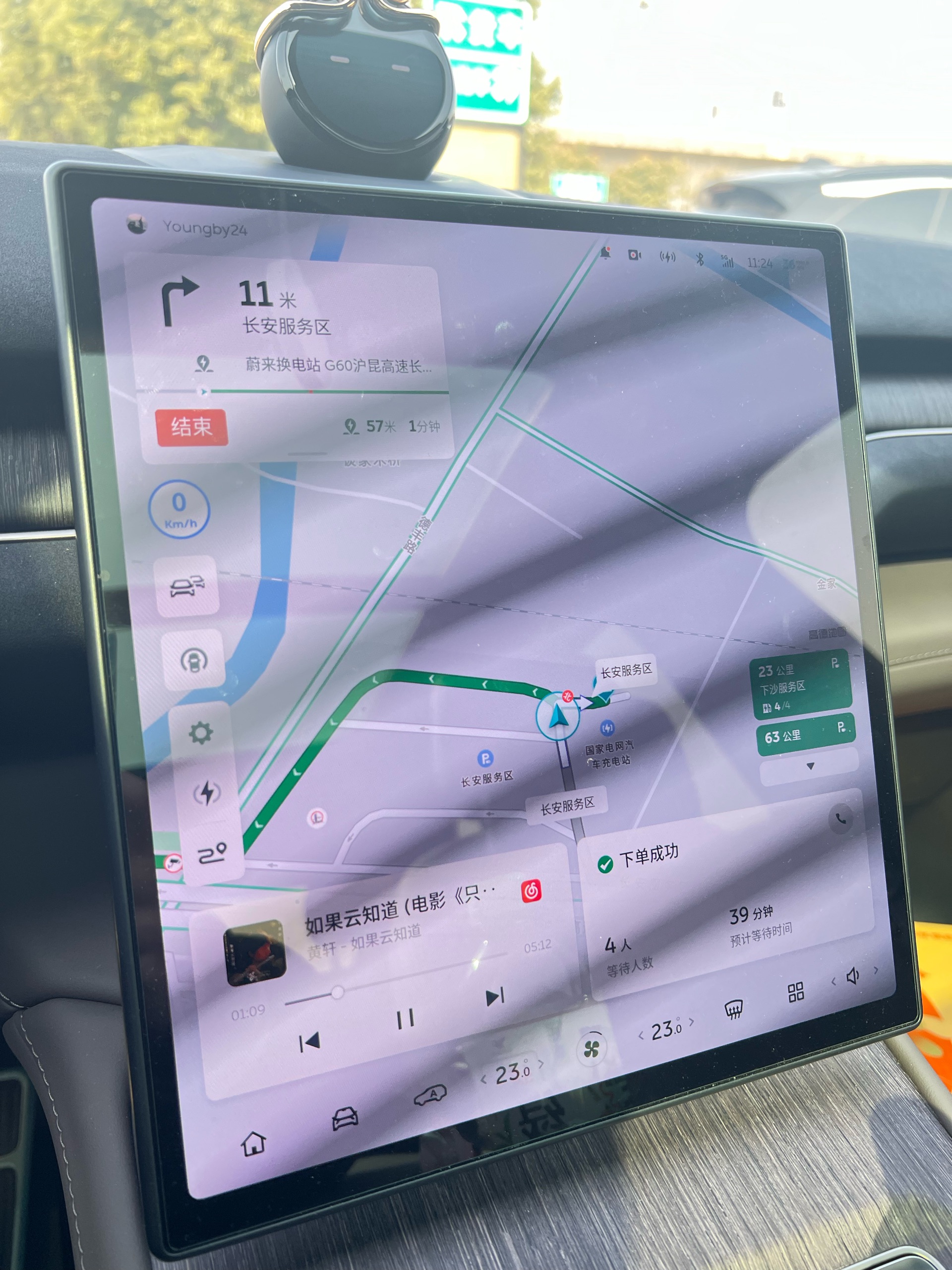
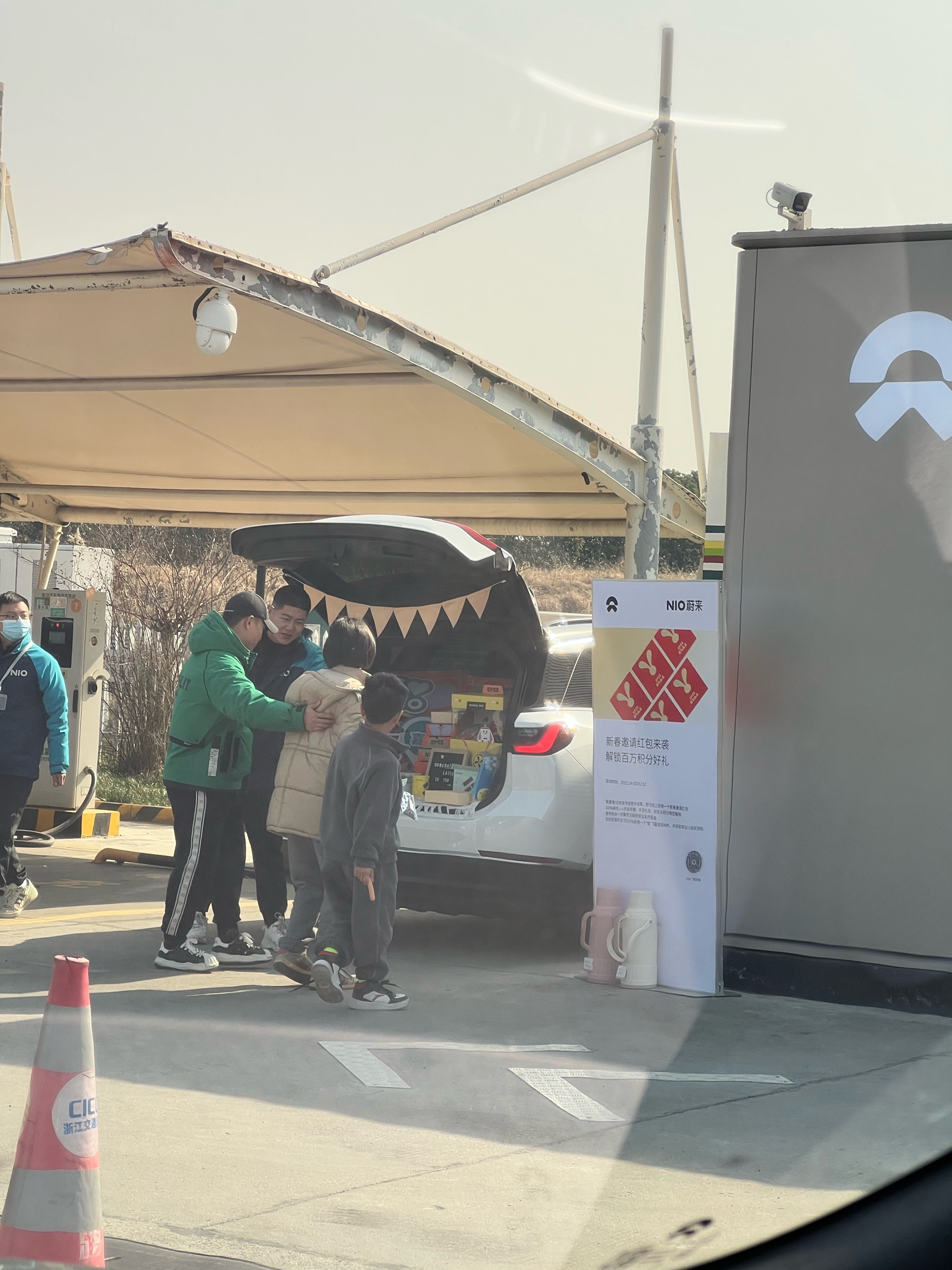
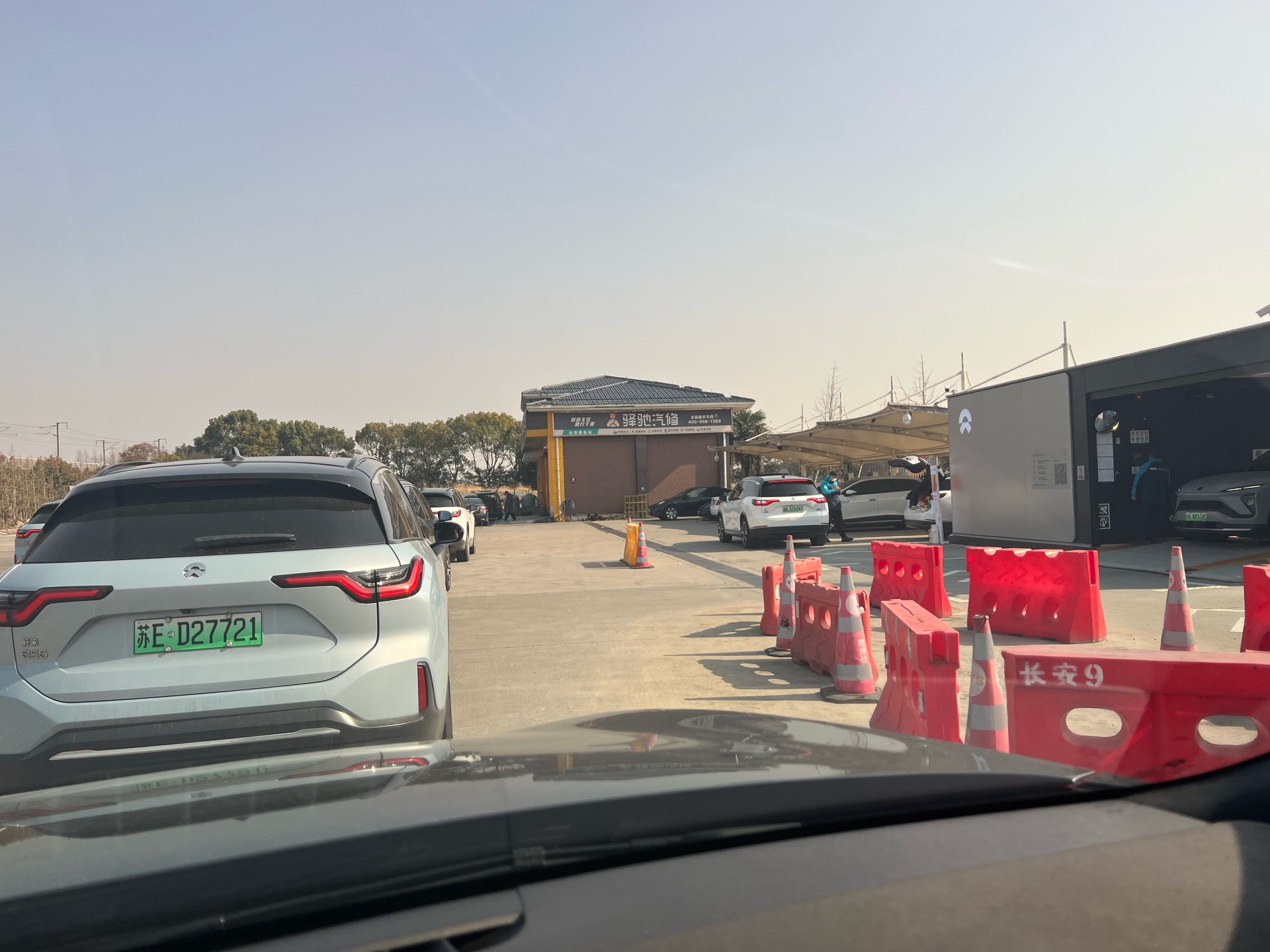
During the wait, I got out of my car to use the toilet and do some stretching. At the same time, I experienced the service provided by “The Hot Pot Alliance in the Automobile Industry”. NIO thoughtfully arranged an “energy supplement station” next to the battery exchange station, providing snacks and hot water for car owners who came to replenish their energy. Anyway, I saw that even the car owners of our friendly competitors who were charging at the side charging pile were attracted by this service.
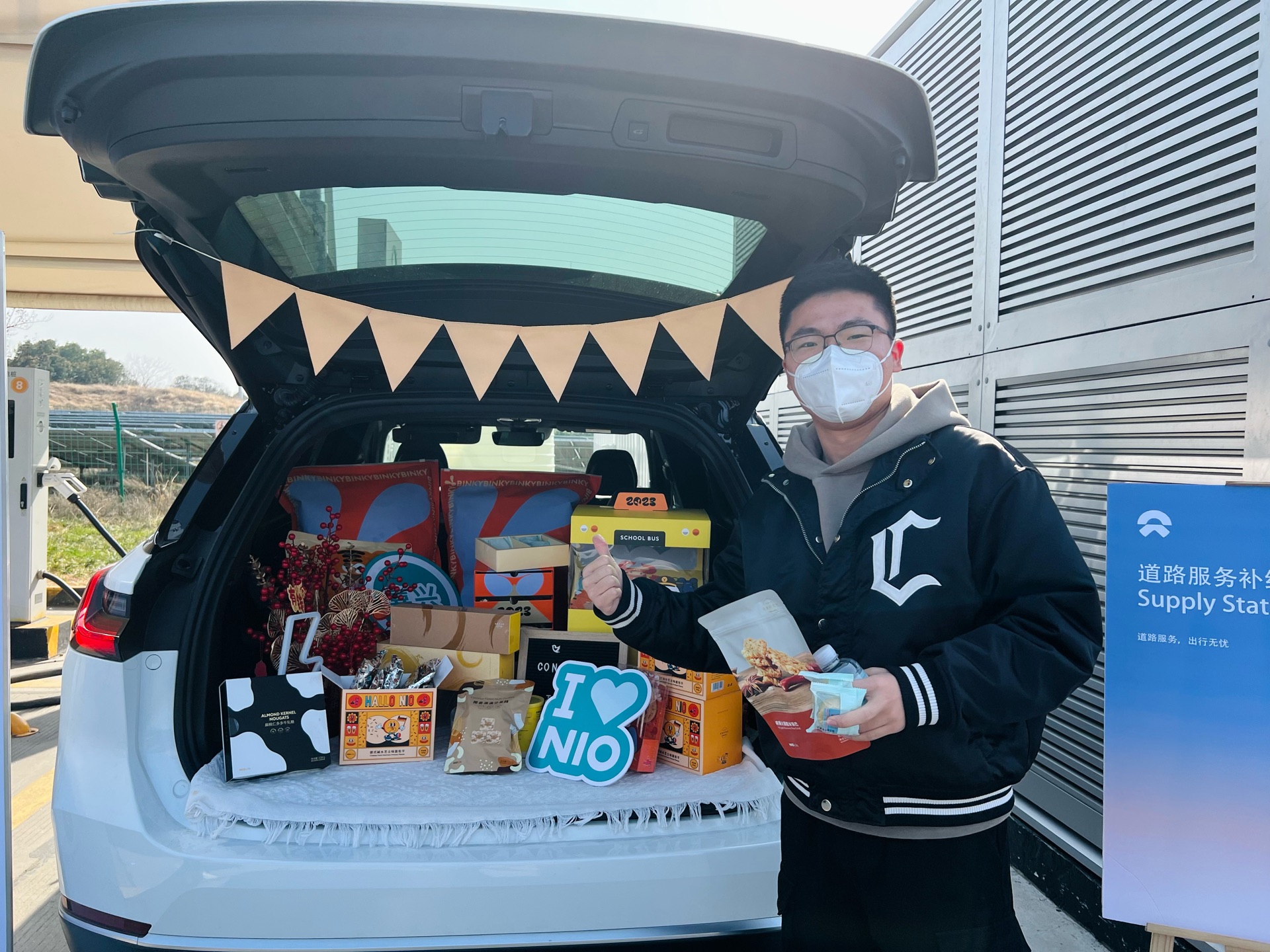
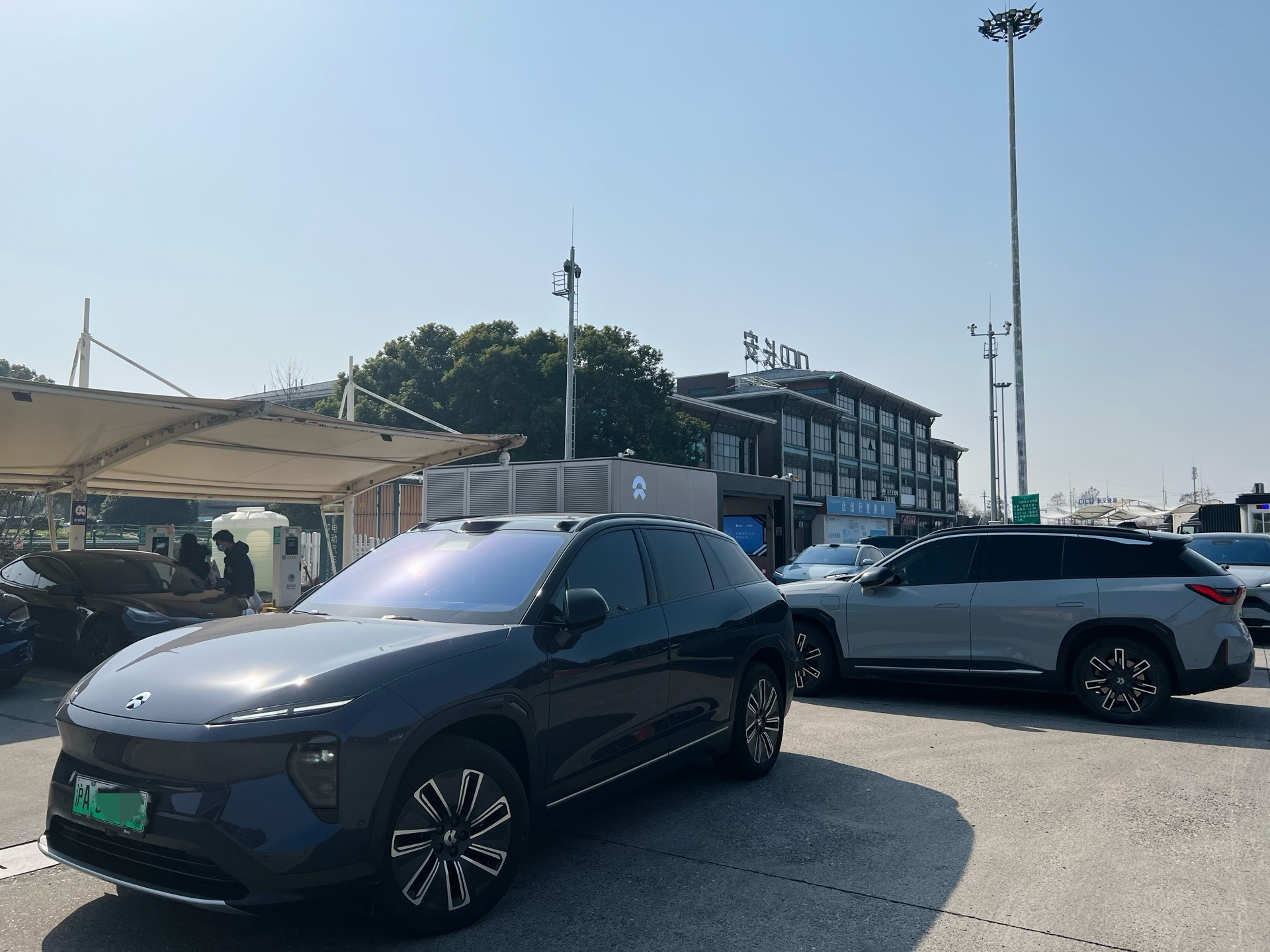
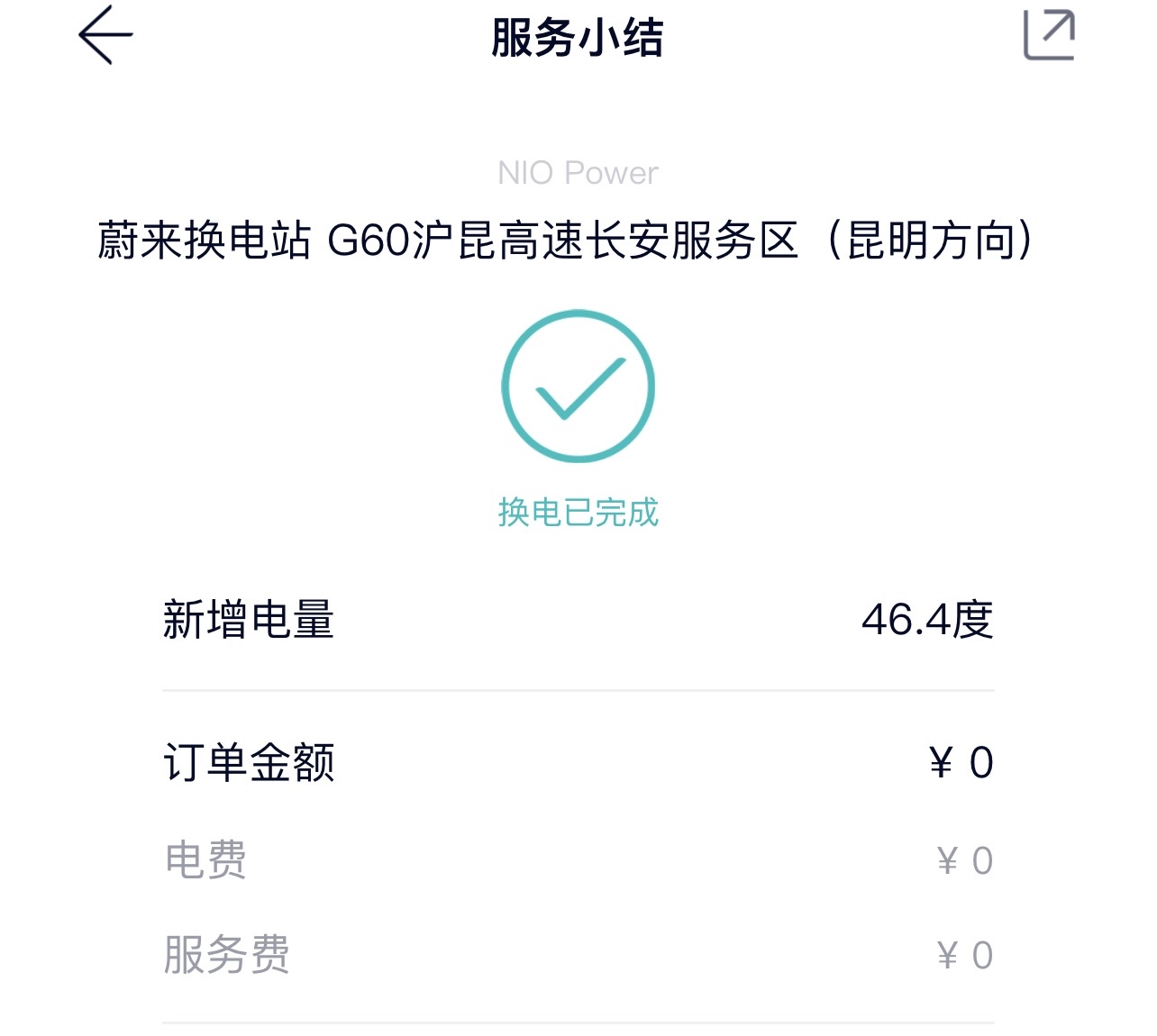
Continue the journey after changing the battery, heading directly to Jinhua toll station. Although a 70-degree battery was replaced, the remaining 185-kilometer journey was sufficient, so there was no plan for energy supplementation, heading south all the way.
Finally arrived at the destination at 2:15 pm with a remaining range of 104 kilometers displayed.
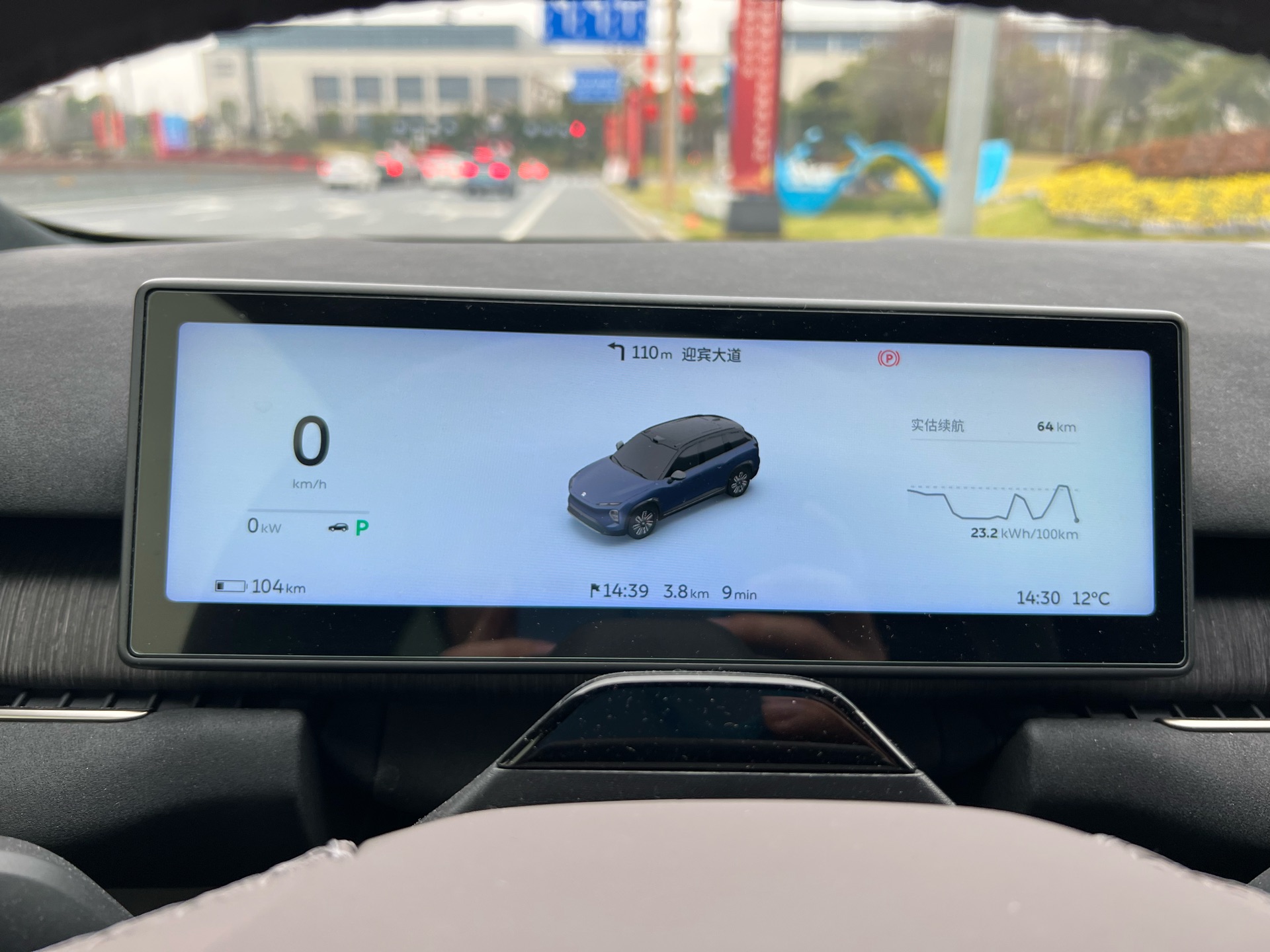
After meeting with friends and discussing, in order not to delay the following journey, I first went to the NIO battery-swapping station in Jinhua Auto City nearby to swap batteries. Upon arrival at the station, I saw a car lined up, and one car had just started swapping, so I estimated that I would have to wait for about 15 minutes. However, I did not expect that an ES7 came to swap the low battery, so the staff at the battery-swapping station rescheduled and let him swap ahead of time, I waited for an additional five or six minutes, which was not a big issue.
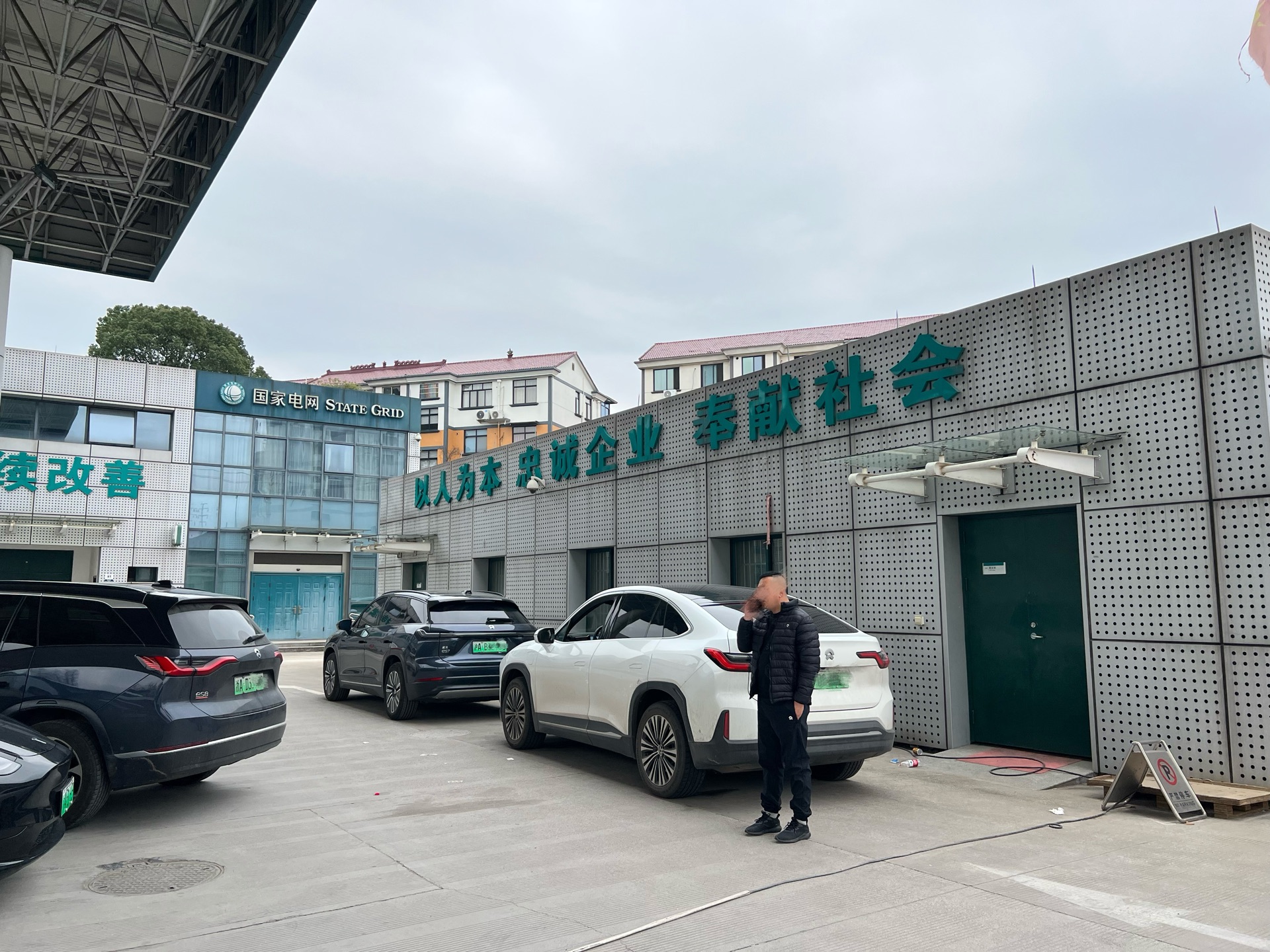
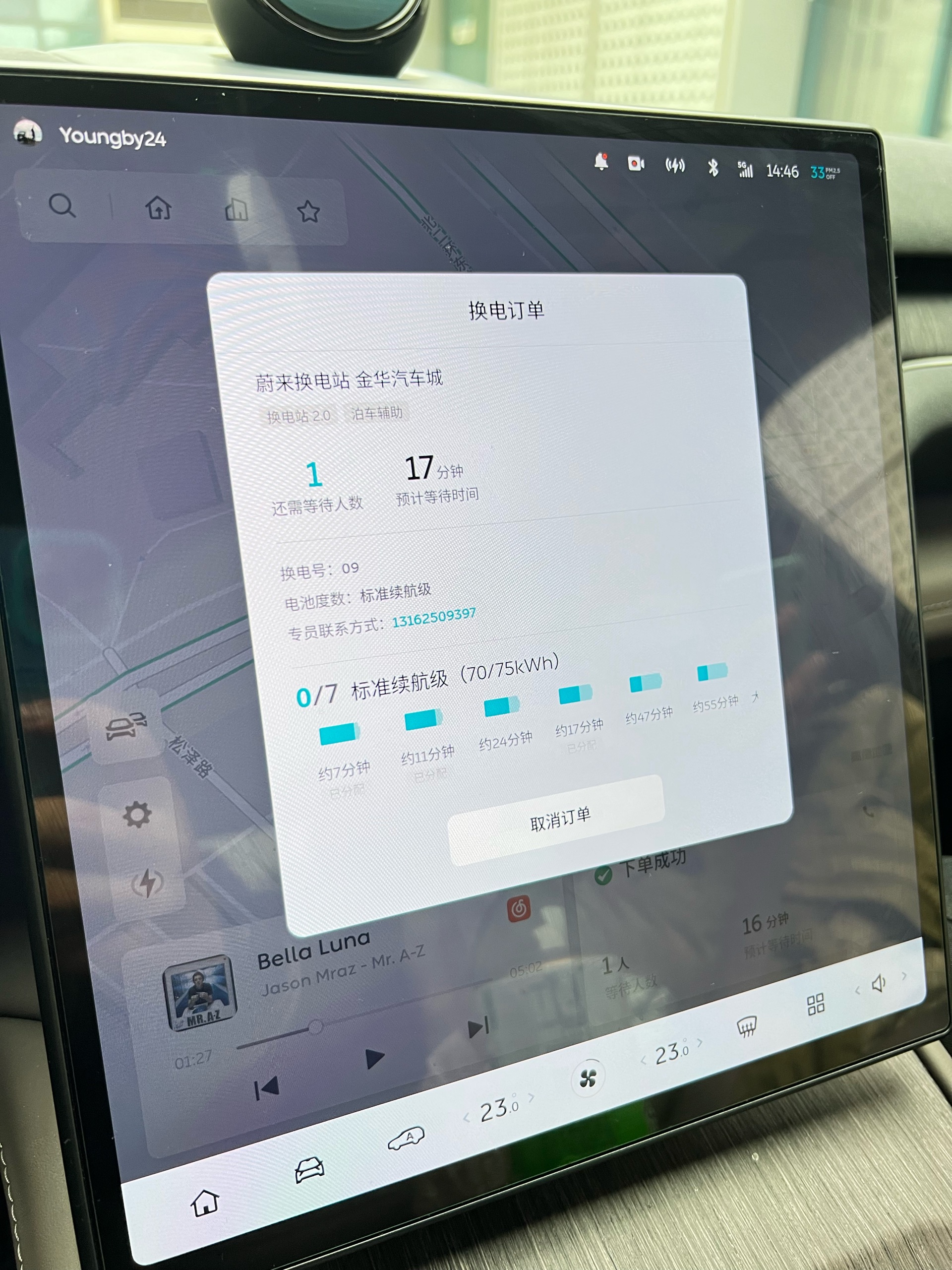
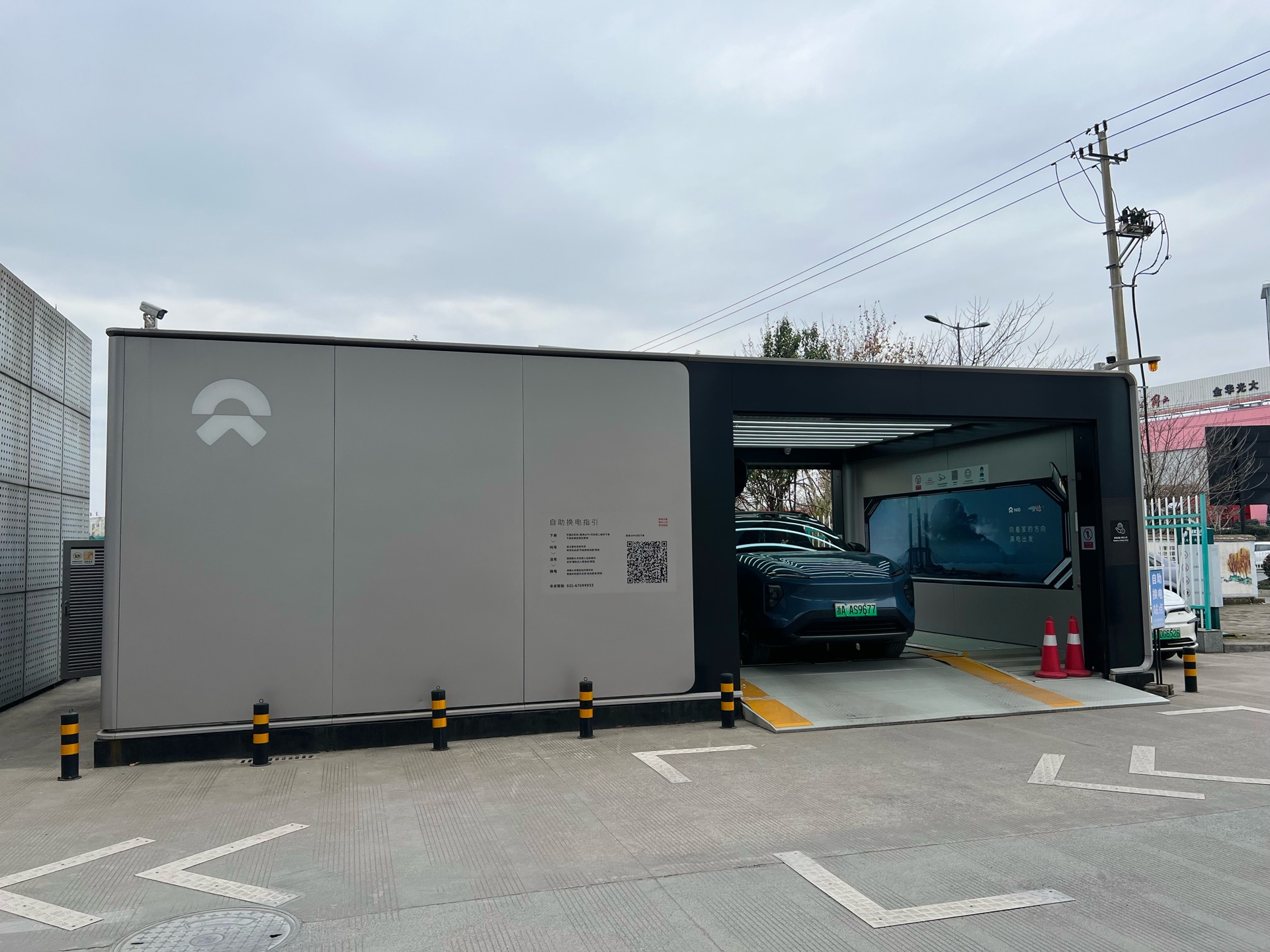

Next came the happy shopping and eating section.
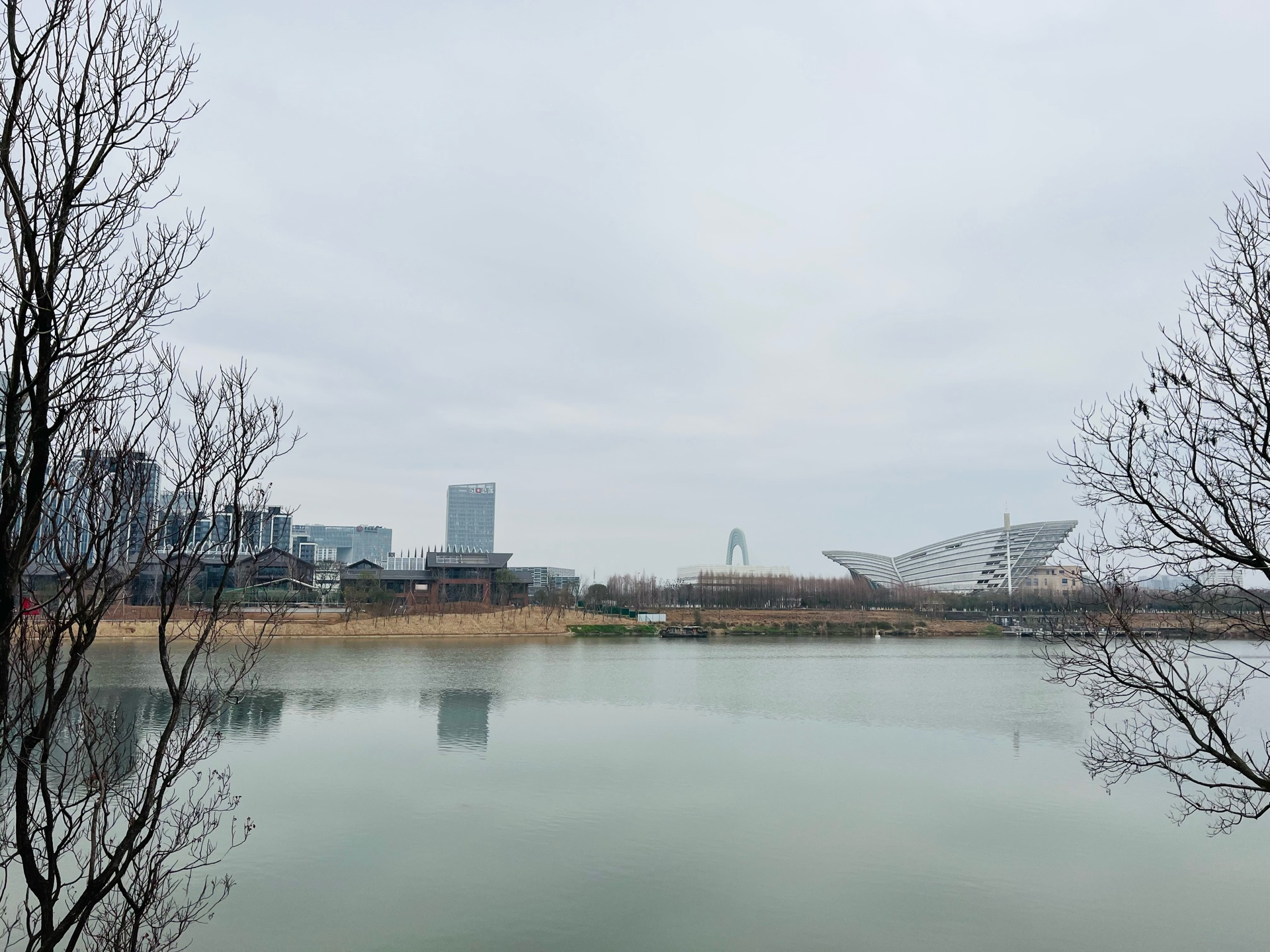

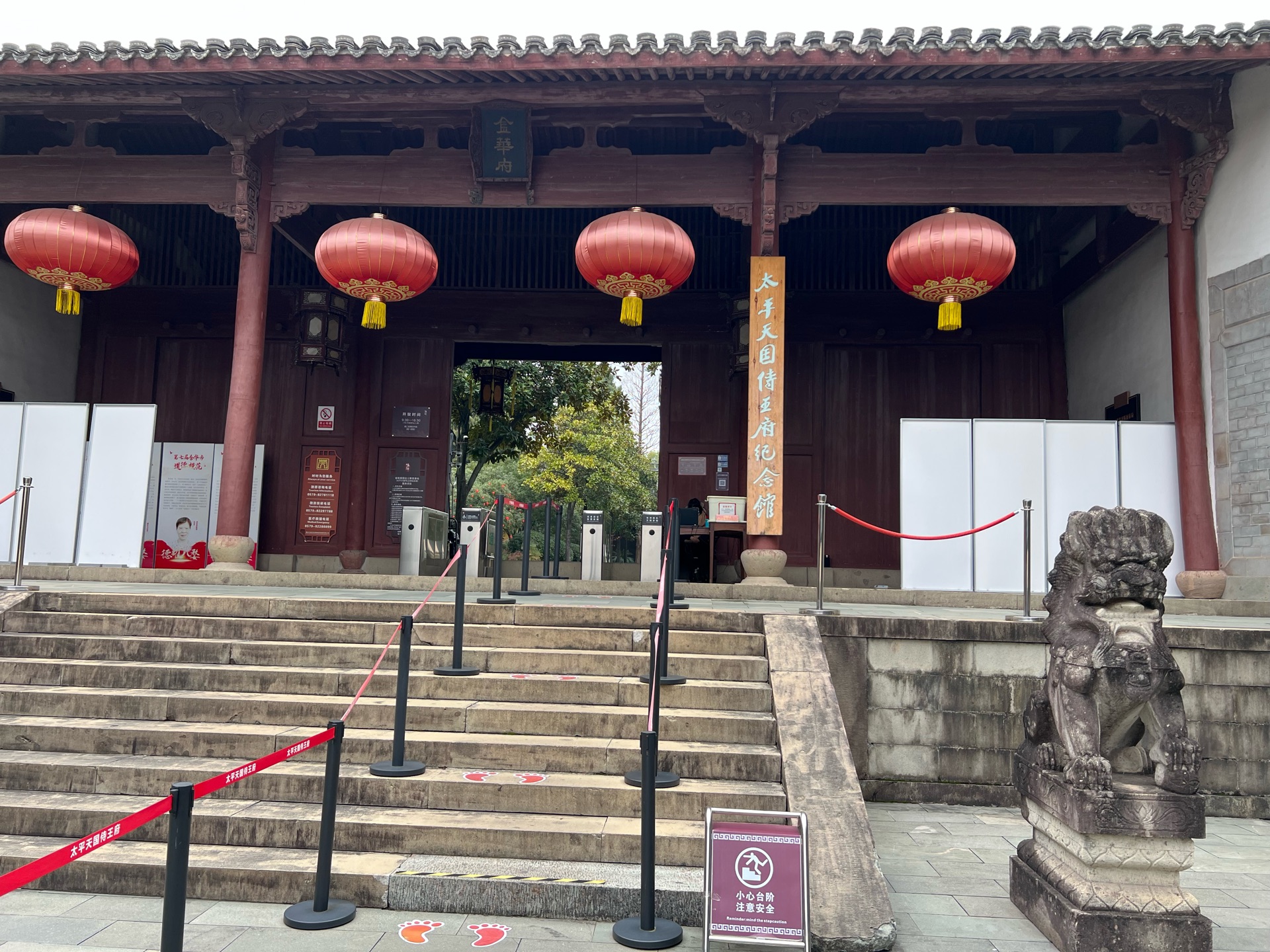
First time seeing this “Golden Buddha’s Hand” thing, it really looks like it.
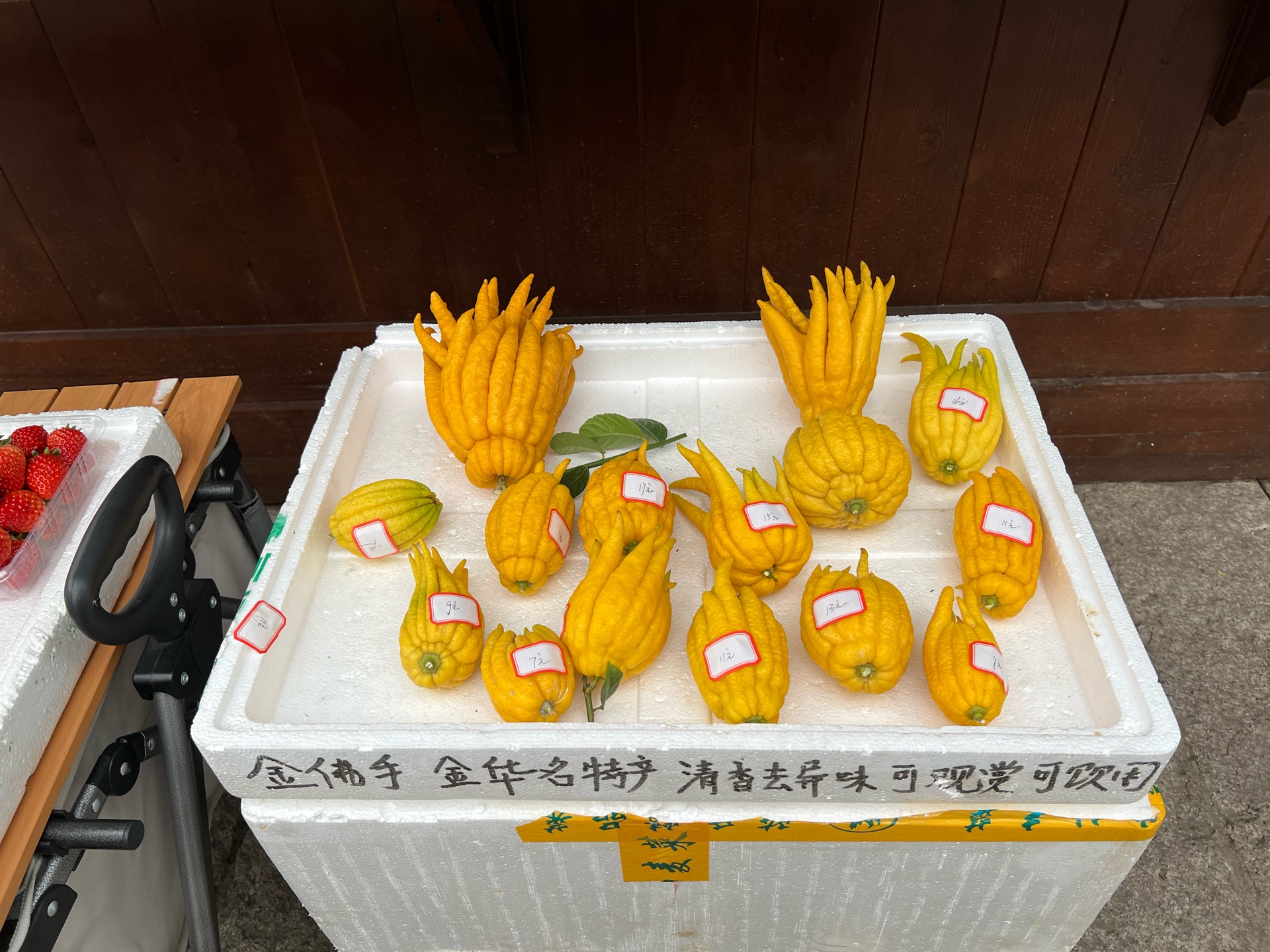
At night, my friend took me to the top of Jiafeng Mountain in Jinhua to see the night view, unlocking my skills to drive an electric car up the mountain at night. Wow, the devilish curves up and down the mountain gave me a real sense of enjoyment, with so many bumps and thrills. Fellow car enthusiasts, take a look at the pictures and feel it 🤓
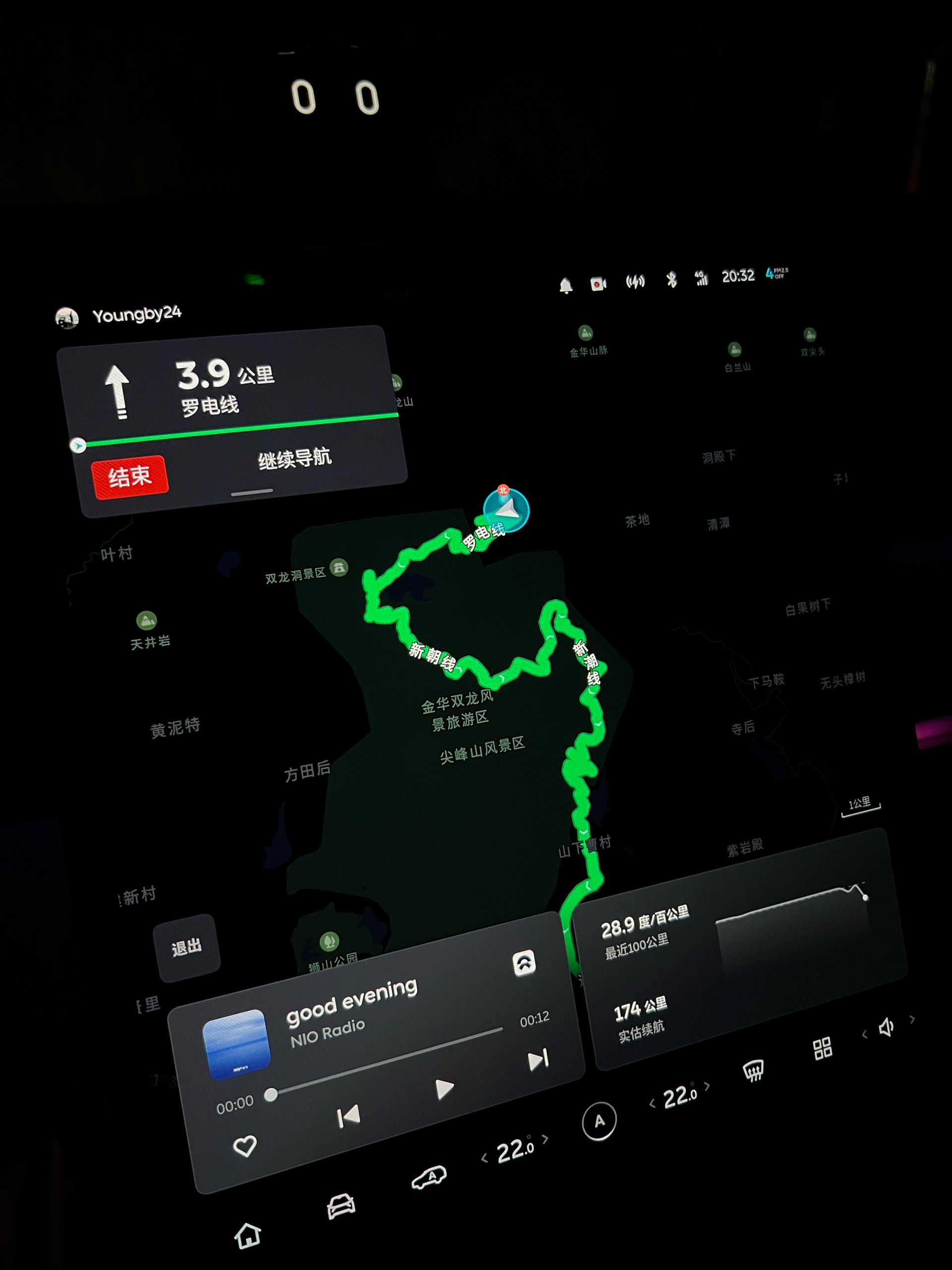
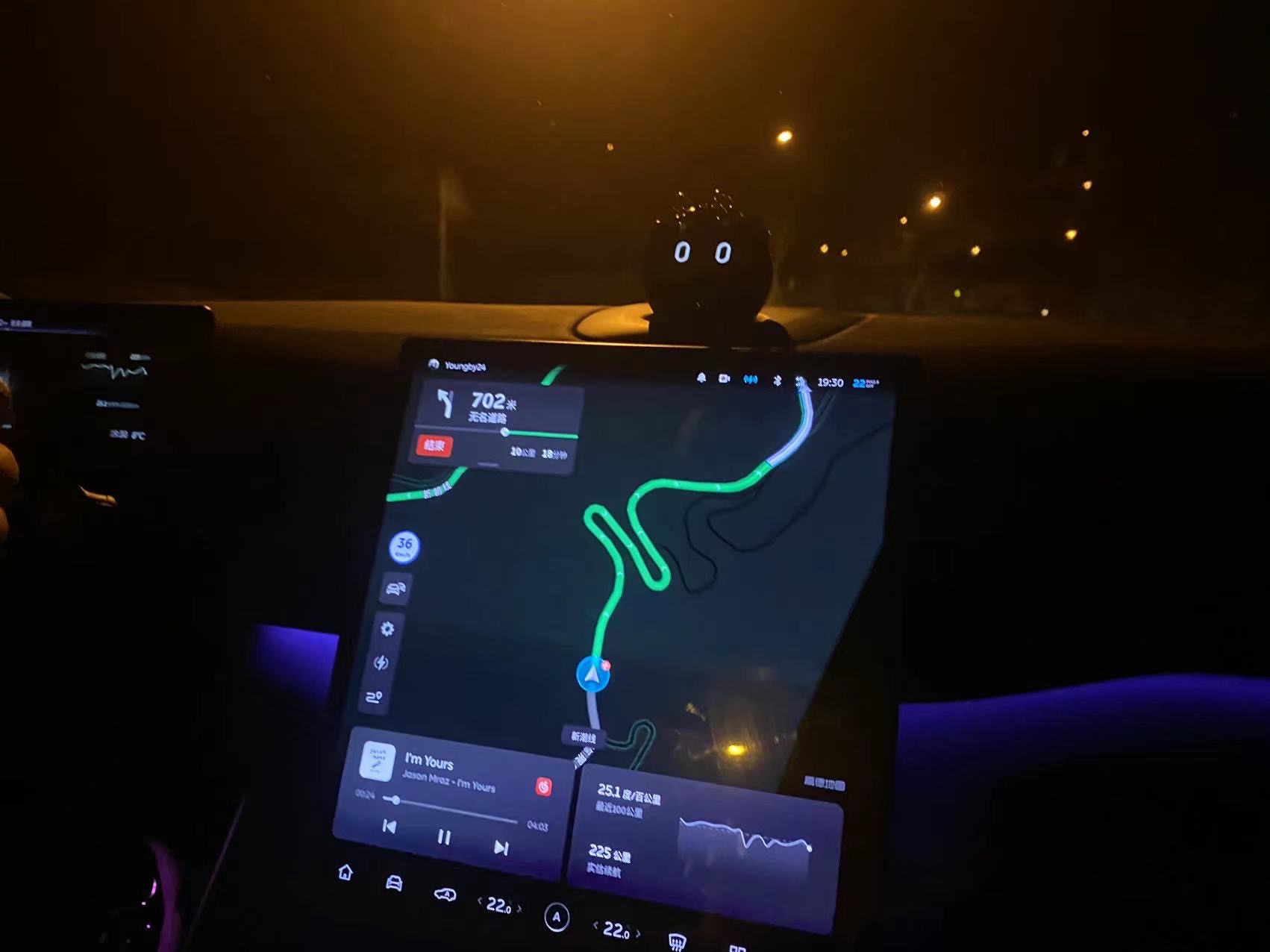
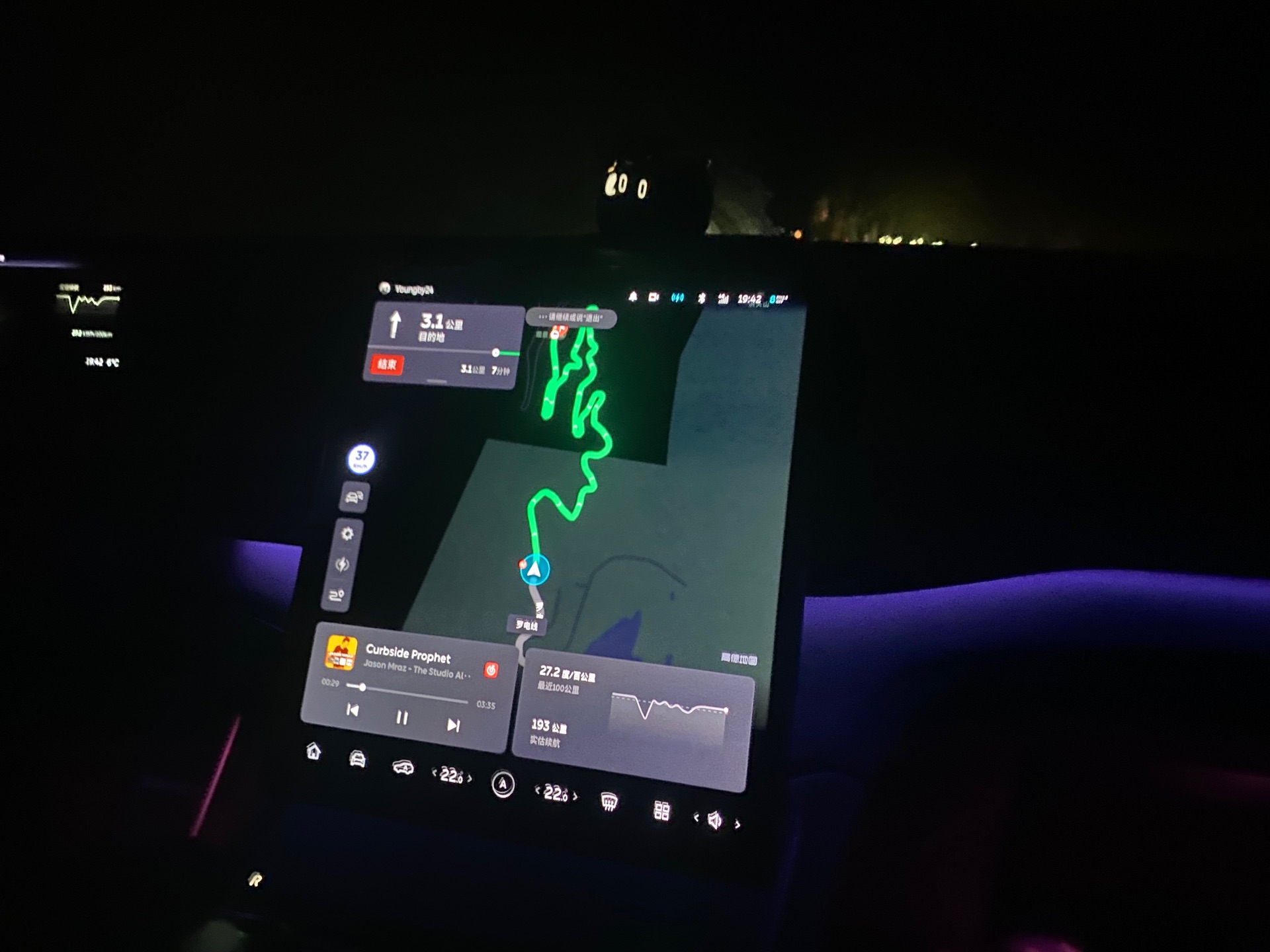
To be honest, the night view is really good. This observation deck is perfect for summer camping!
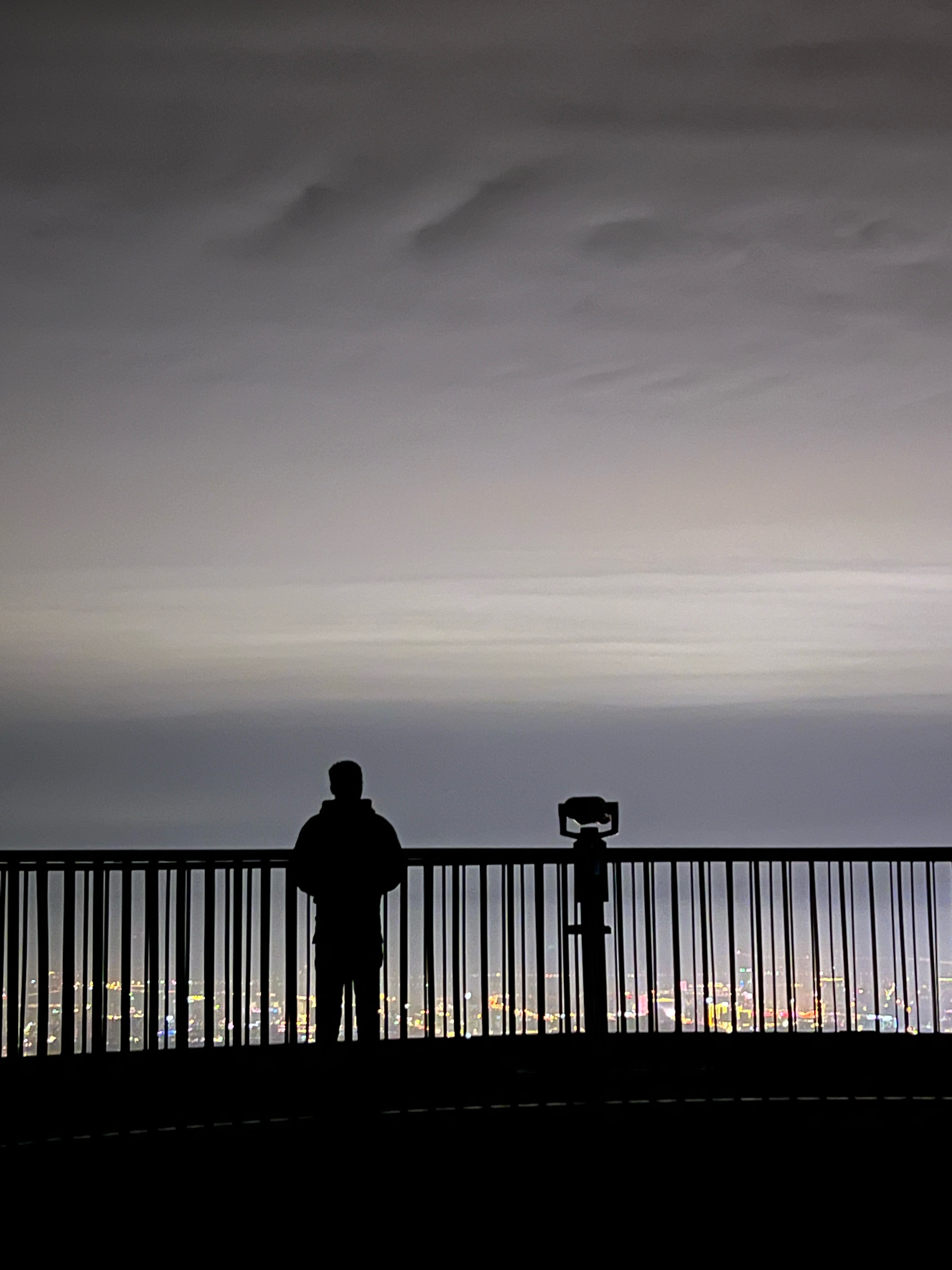

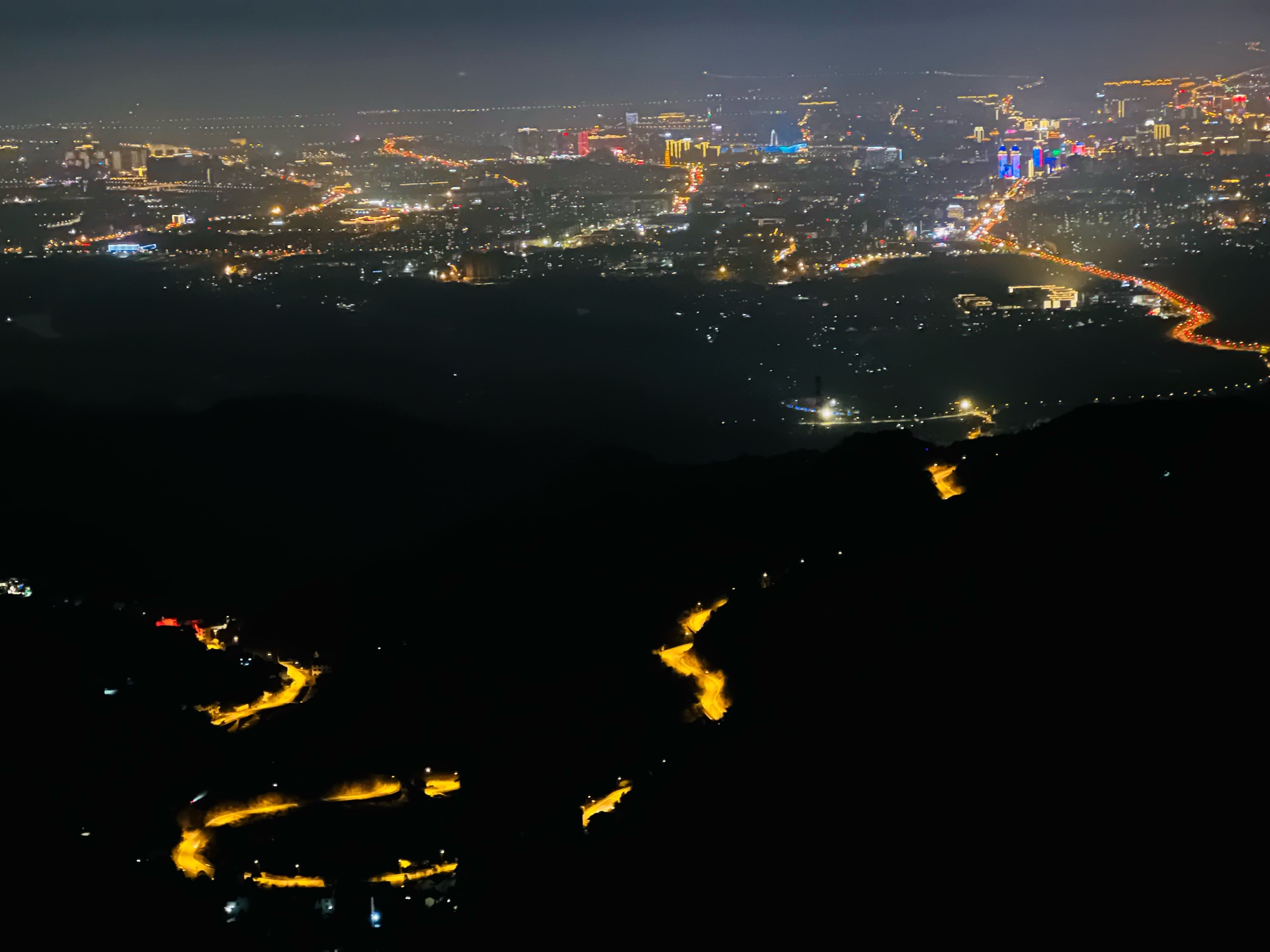
This kind of road condition will greatly affect the energy consumption performance of electric vehicles, especially going downhill. The energy consumption will reach 1.5kw per 100km. Can you bear it? hhh


D2, Jinhua-Suzhou, one-way trip of 293 kilometers, the vehicle navigation estimates 3 hours, the actual time spent is 3 and a half hours.
After a night of rest and saying goodbye to my friends, I planned to return along the same route and go to Suzhou to pick up my sister and go home for the Spring Festival. Due to using up some electricity for mountain running last night, the remaining range displayed when I left in the morning was 321 kilometers. The Chang’an service area, where I changed the battery yesterday, is still about 185 kilometers away. A conservative estimate suggests that the current battery level is definitely not enough to get there. However, at the same time, there were already five people waiting in line at the NIO battery swap station in Jinhua Auto City. It is not cost-effective from the perspective of both time and the cost of swapping batteries (even though there is still plenty of charge left and a swapping right needs to be deducted from the quota). So, I made the decisive choice to charge. It was then that I suddenly remembered a piece of advice shared by a fellow driver before: when there is a queue at the battery swap station, you can ask the staff of the swapping station to exchange the battery swapping right for a free charging right (without deducting the number of swaps for the current month). However, this free charging right is said to be only available for NIO’s supercharging piles. I didn’t know whether it is available for the charging piles of State Grid, which are located next to the swapping station. Therefore, I asked the NIO staff with a try-it-out mentality. Luckily, the State Grid piles are usable. I didn’t expect that NIO not only allows “free rides” for swapping but also “free rides” for charging now. hhh
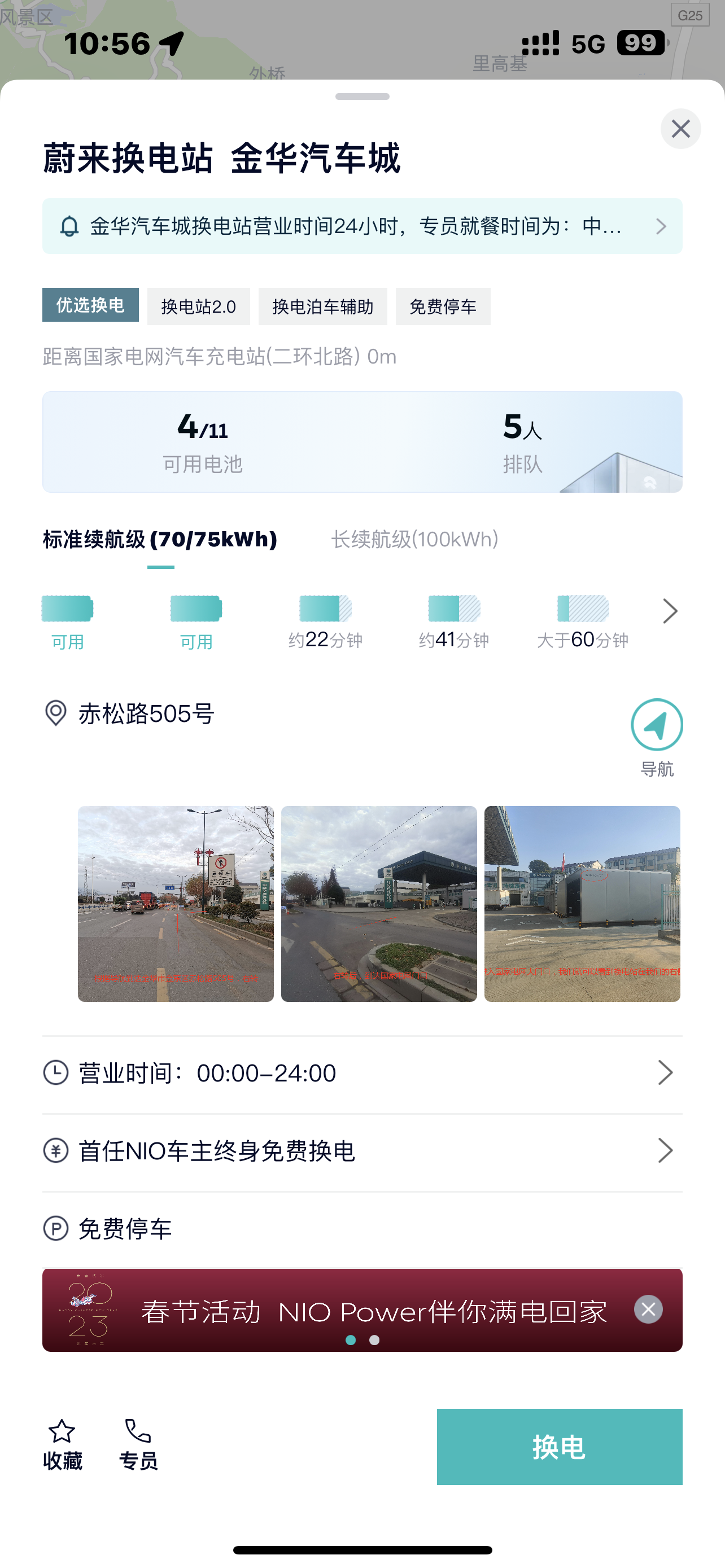
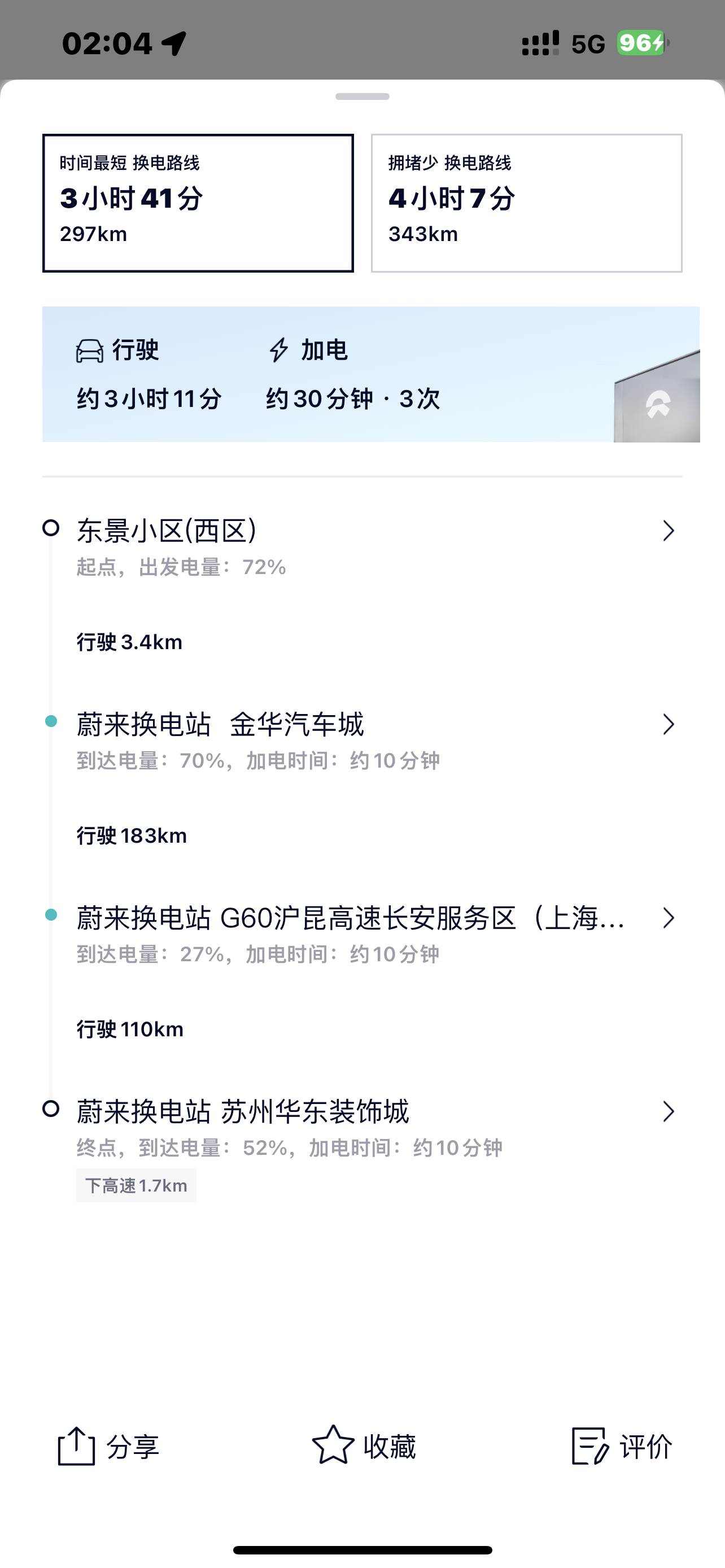
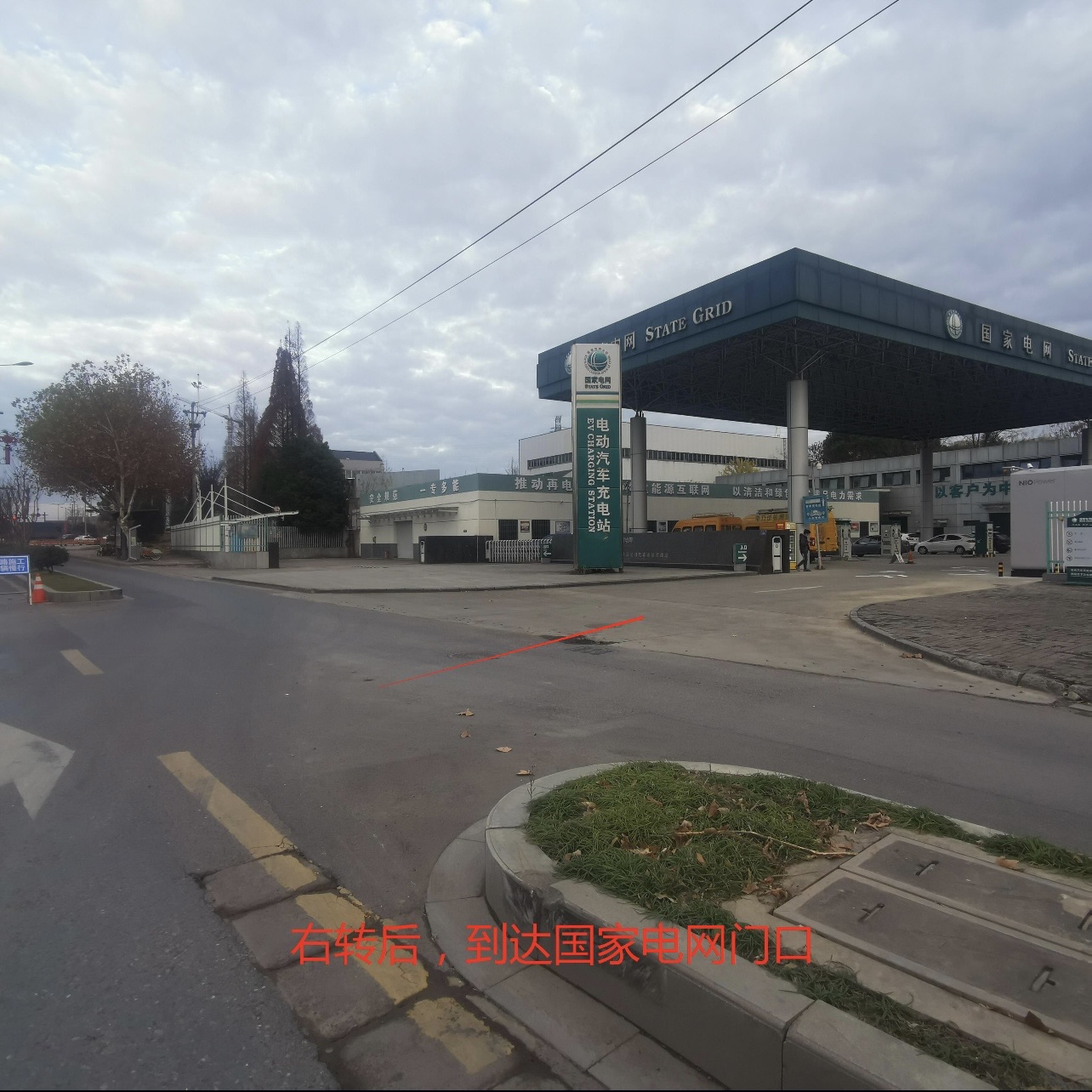 “`
“`
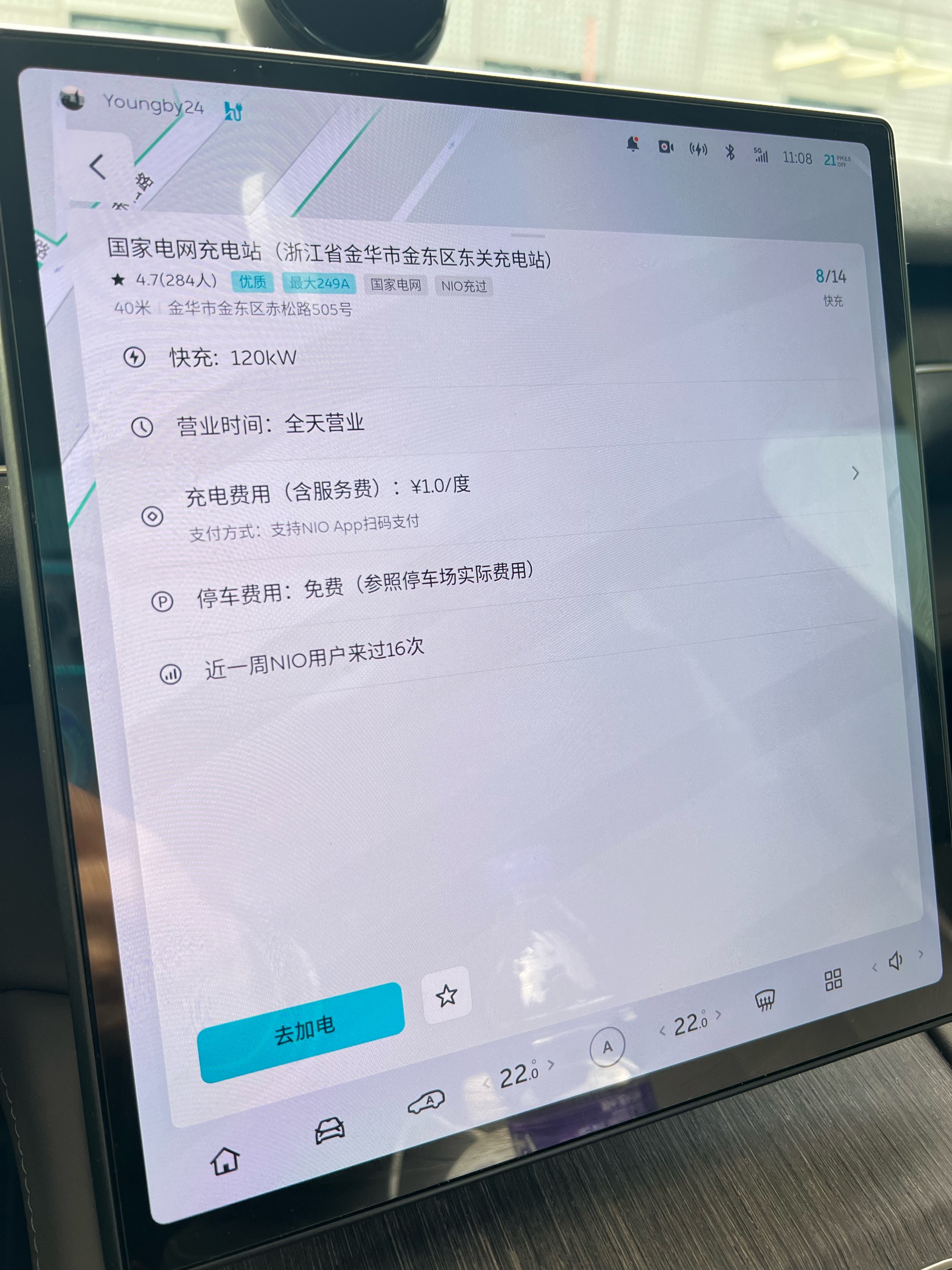

Due to the time constraint, I charged up to 80% and set out for the charging station at Chang’an service area.
As usual, I stopped by the NIO battery swapping station at Chang’an service area (Shanghai-bound) of G60 Shanghai-Kunming Expressway to swap the battery. After placing the order, there were two people ahead of me in the queue, with an estimated wait time of 19 minutes and an actual wait time of 15 minutes. After swapping to a 75-degree battery, I continued my journey comfortably.
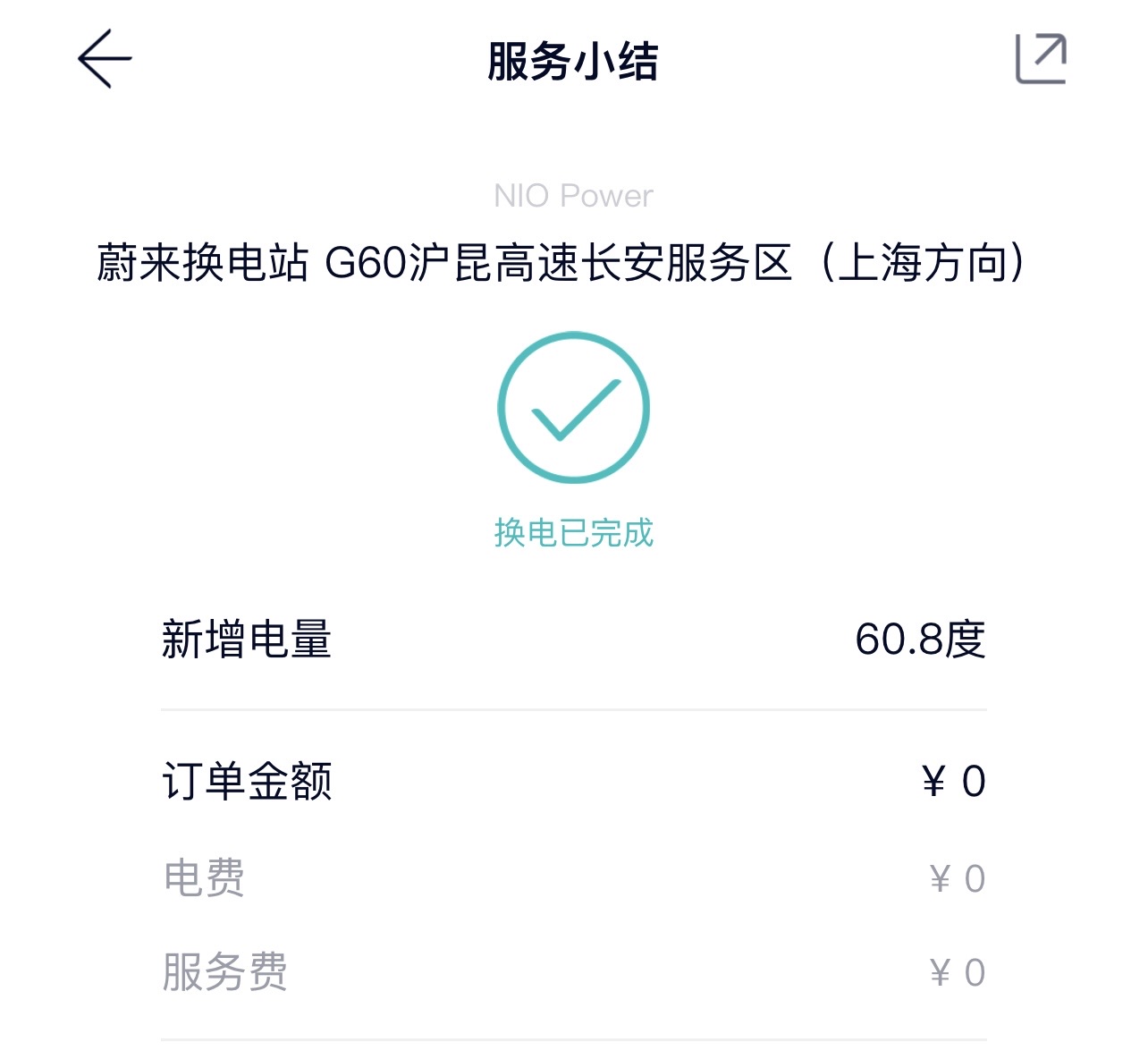
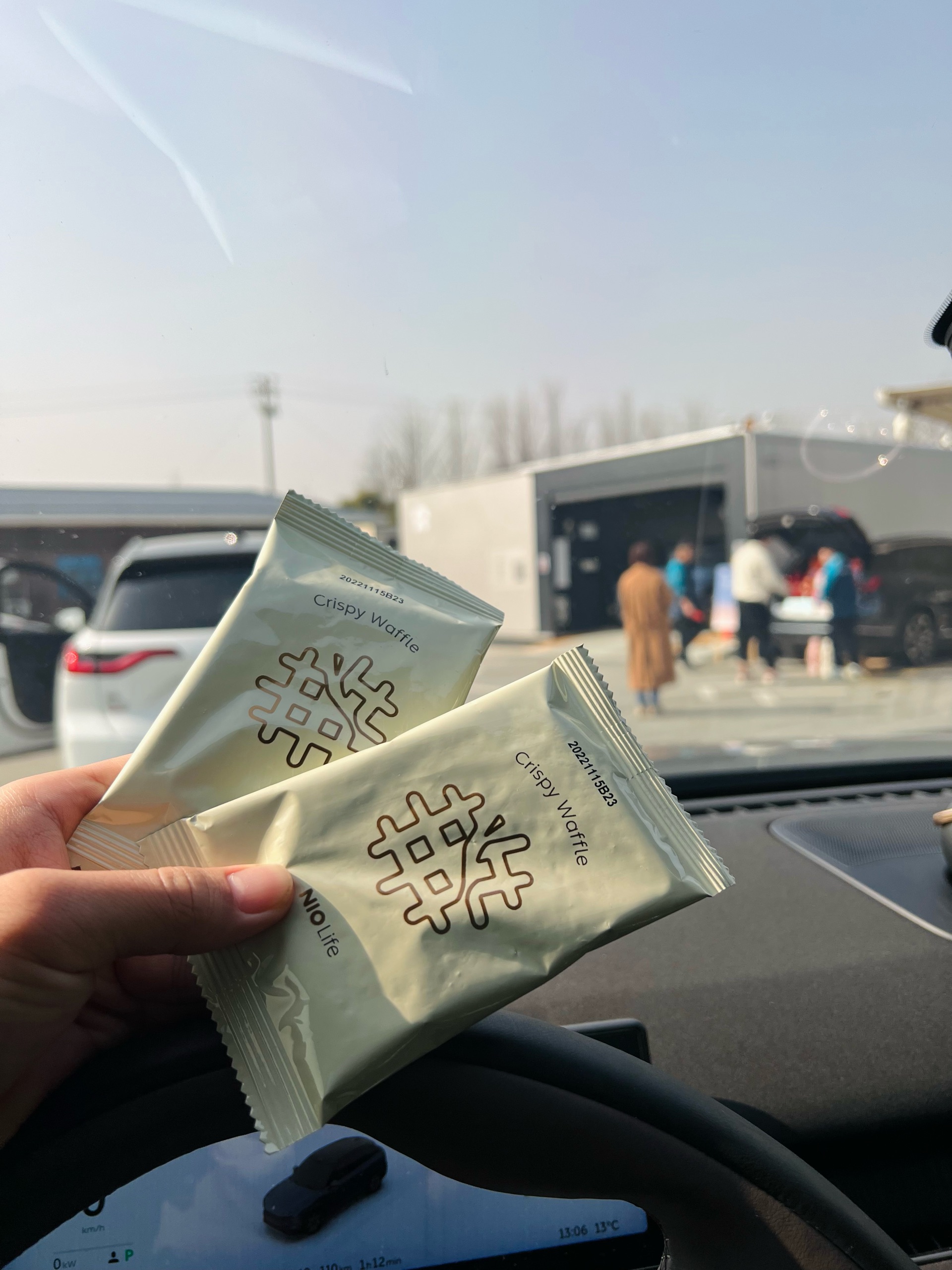
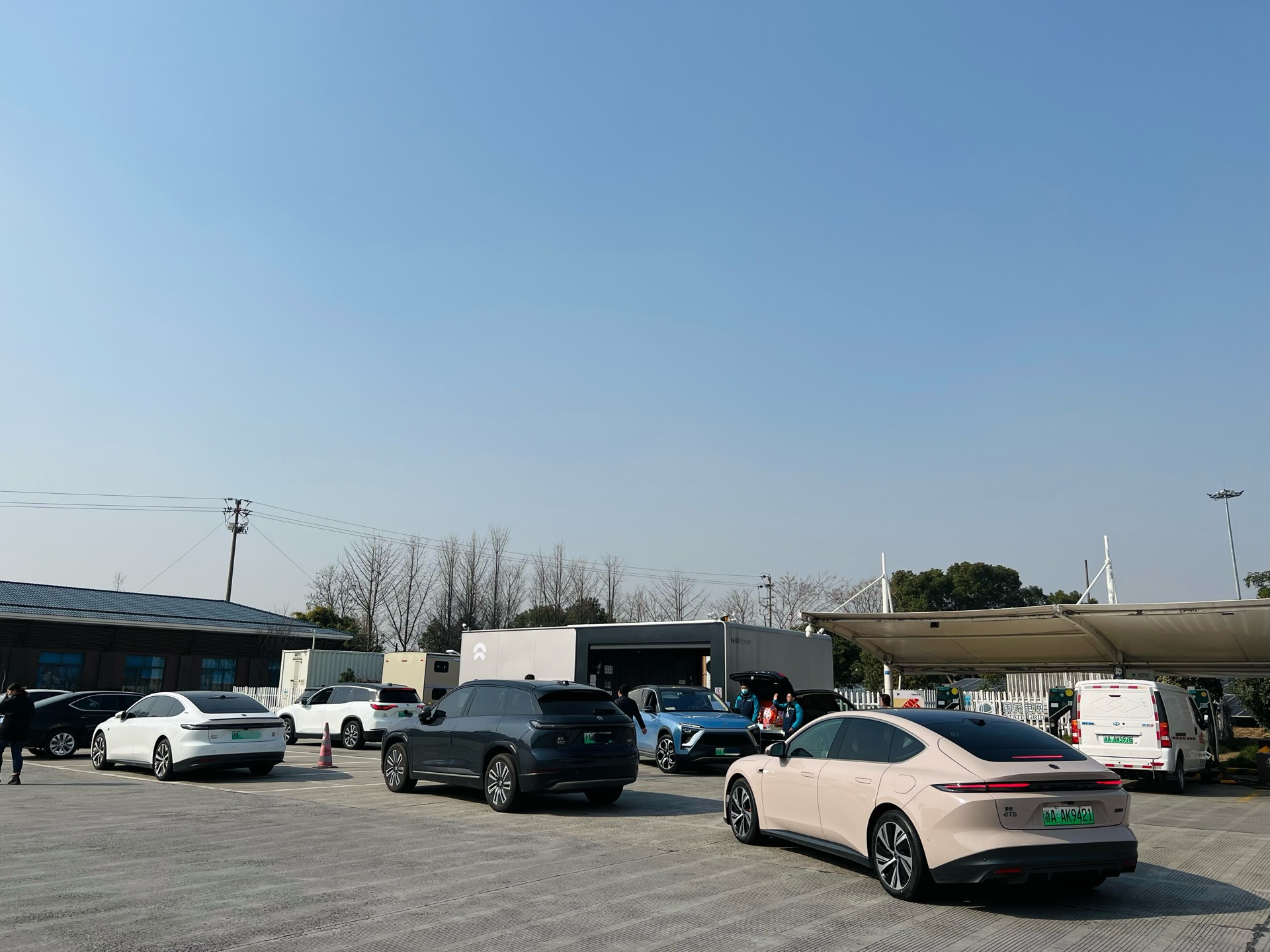
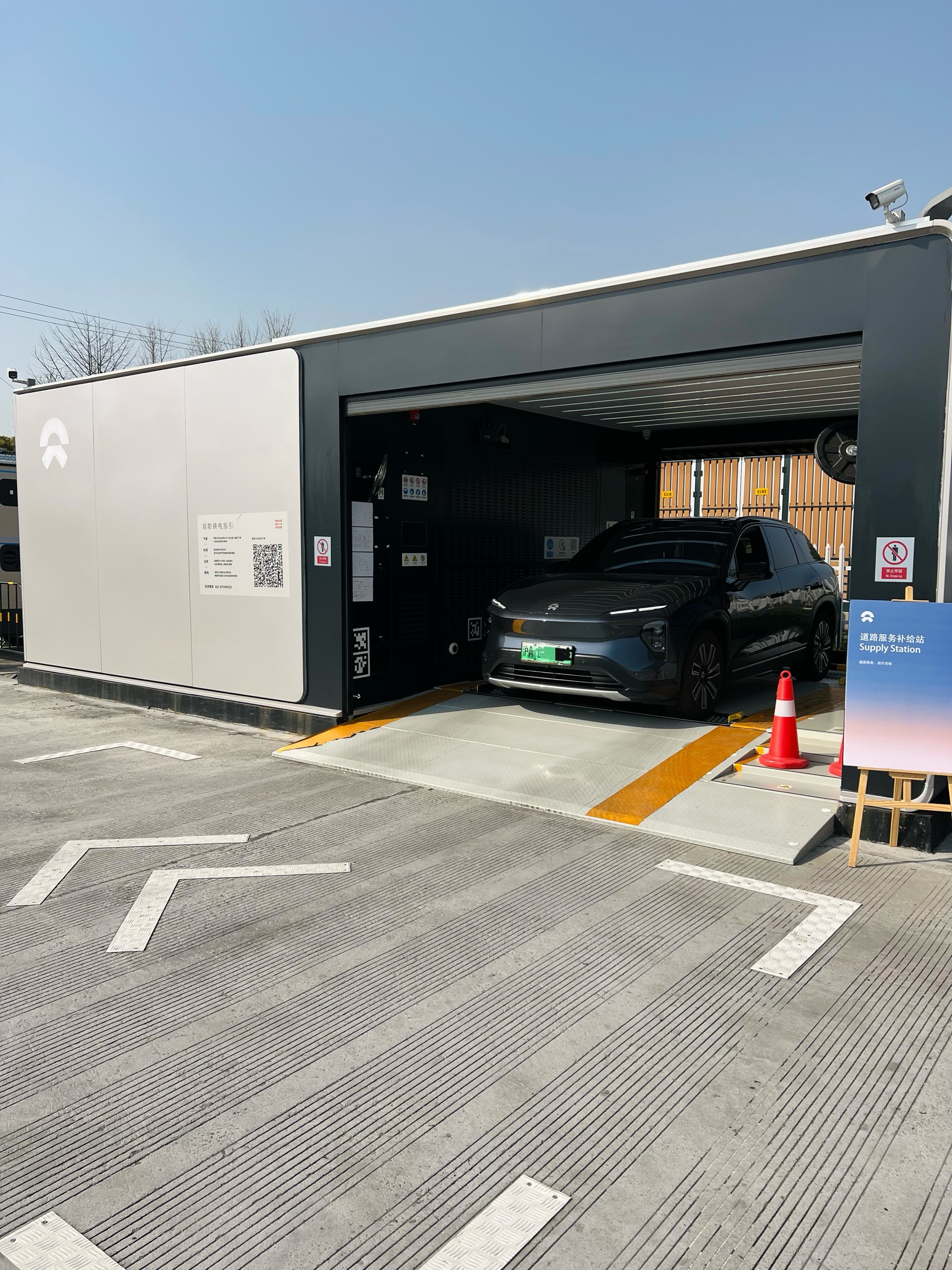
I stopped by the Center Bull, Suzhou on my way and saw the brand new ES8 NT2.0 “touring” around in Suzhou for its final day. It was really impressive!

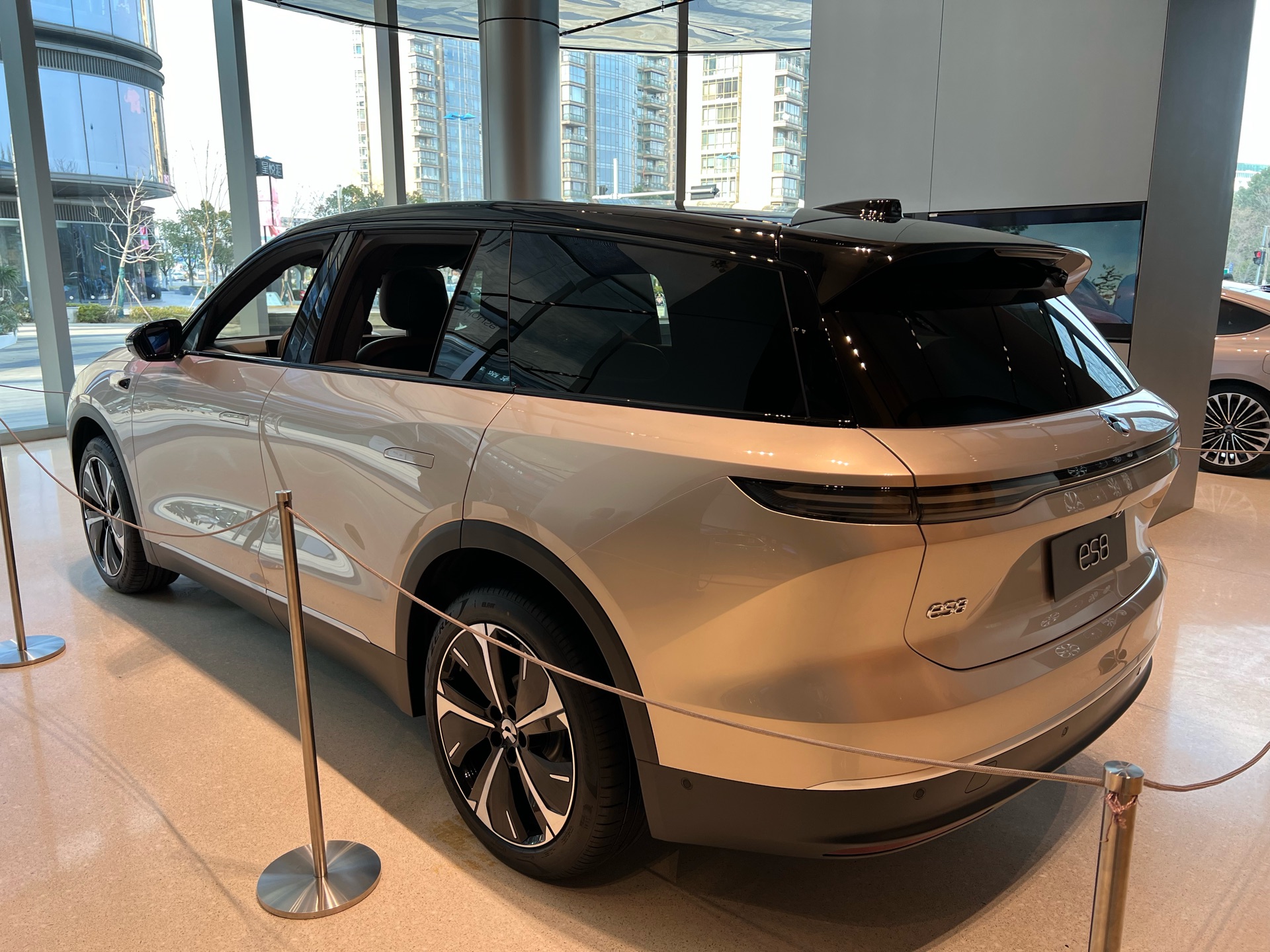
“““

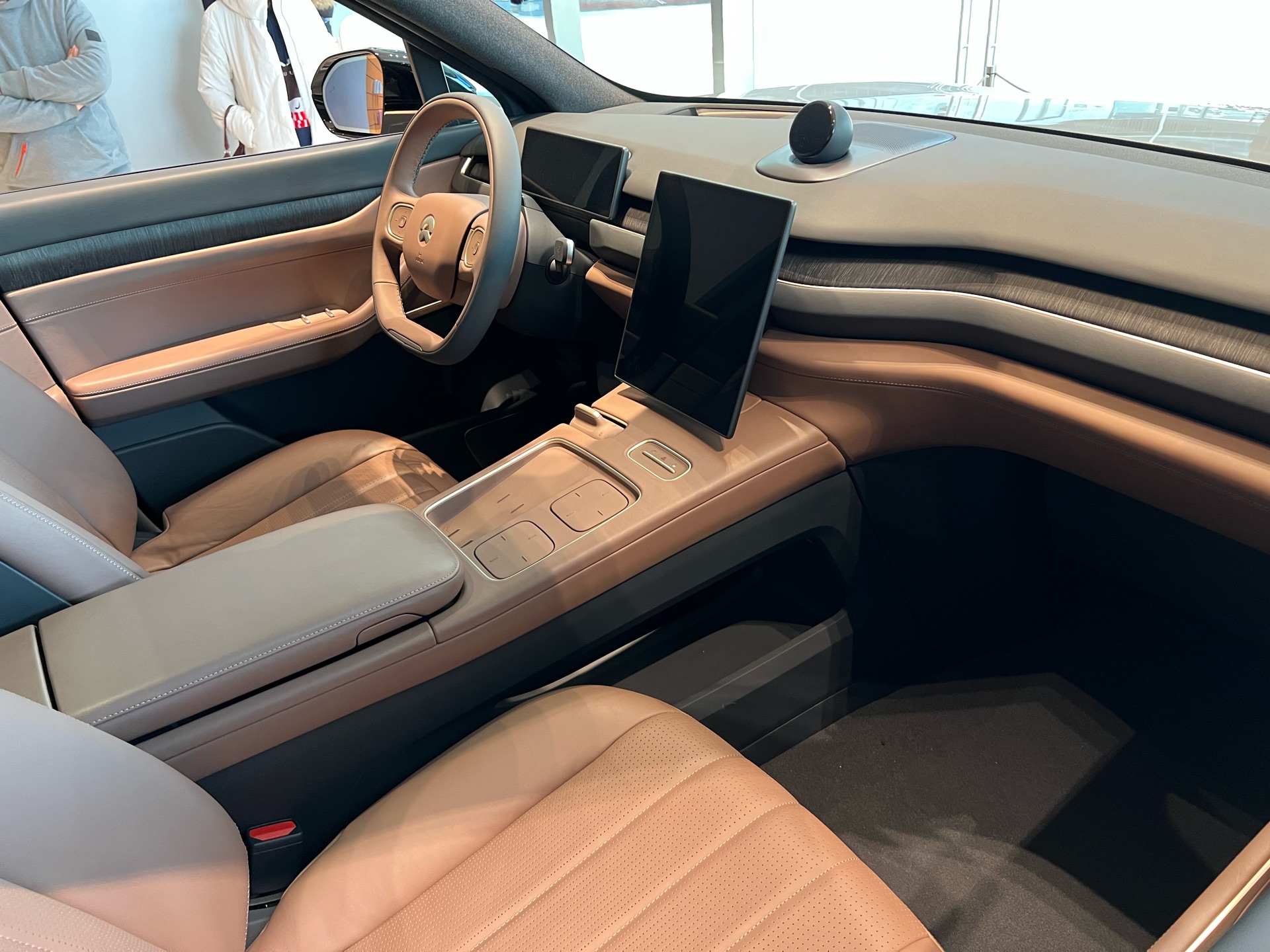
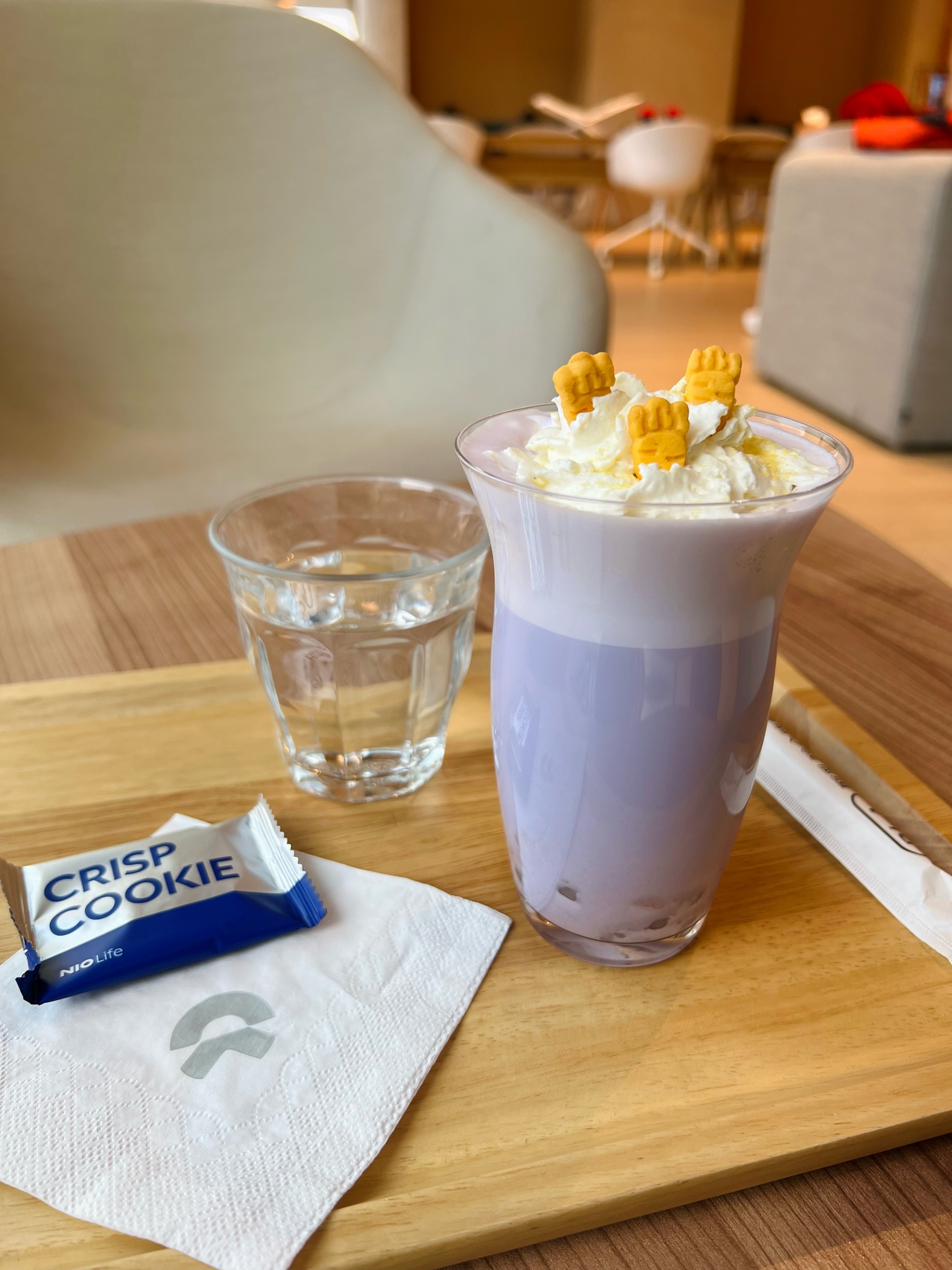
Suzhou-Nantong, one-way distance 96 kilometers, car navigation estimated time is 2 hours, actual time is 2 hours and 50 minutes.
Before the return trip, we found out that Suzhou Huadong Decoration City NIO power station was participating in the Spring Festival event of unlimited free battery exchange. With the mindset of “since we are here, let’s change the battery and leave,” we unexpectedly found that this is one of the few NIO power stations in the country with the joint “The Wandering Earth” themed painting. The painting matches the temperament of the NIO car model and is really cool-looking. Strongly recommend not to miss it.
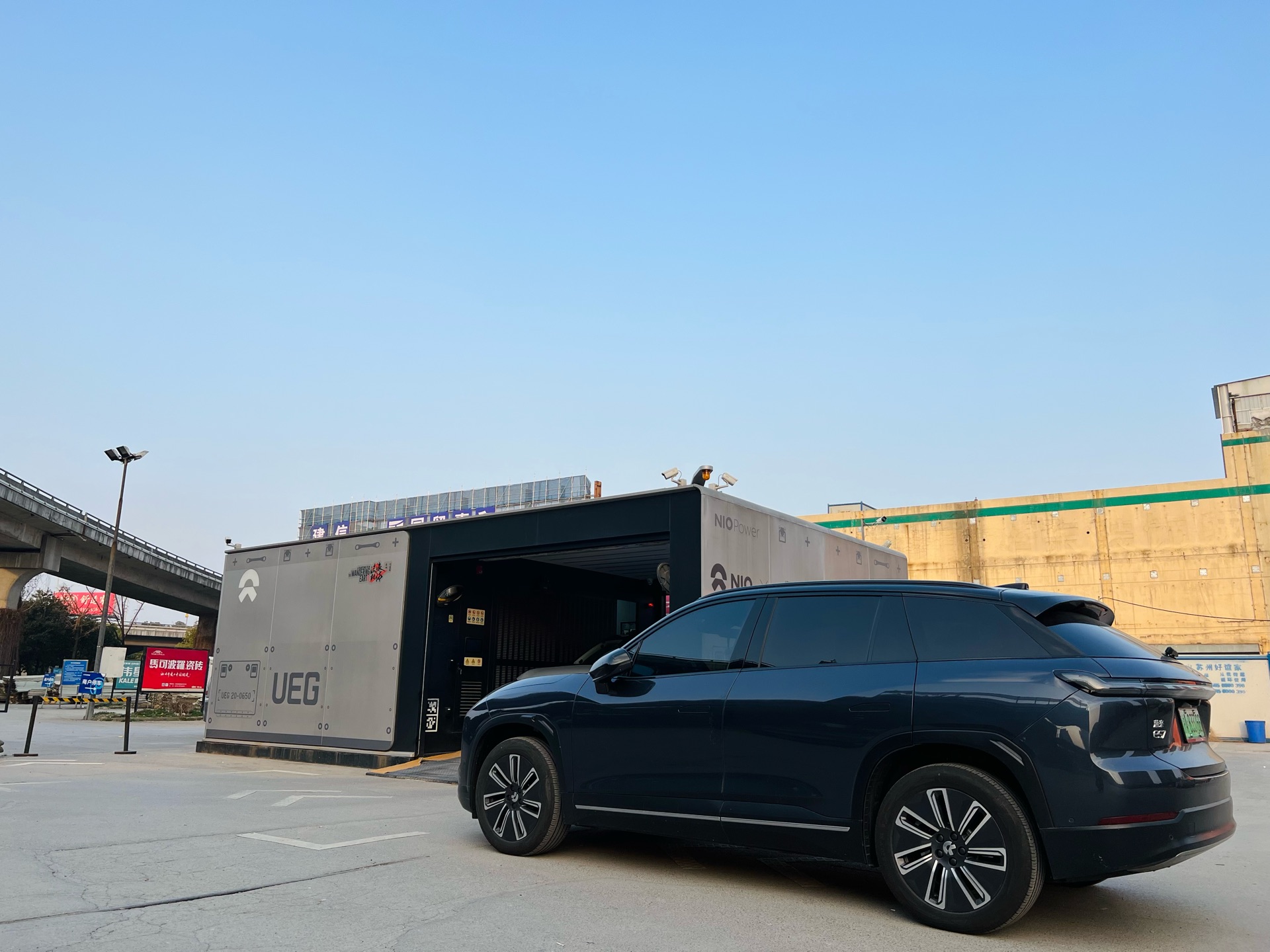

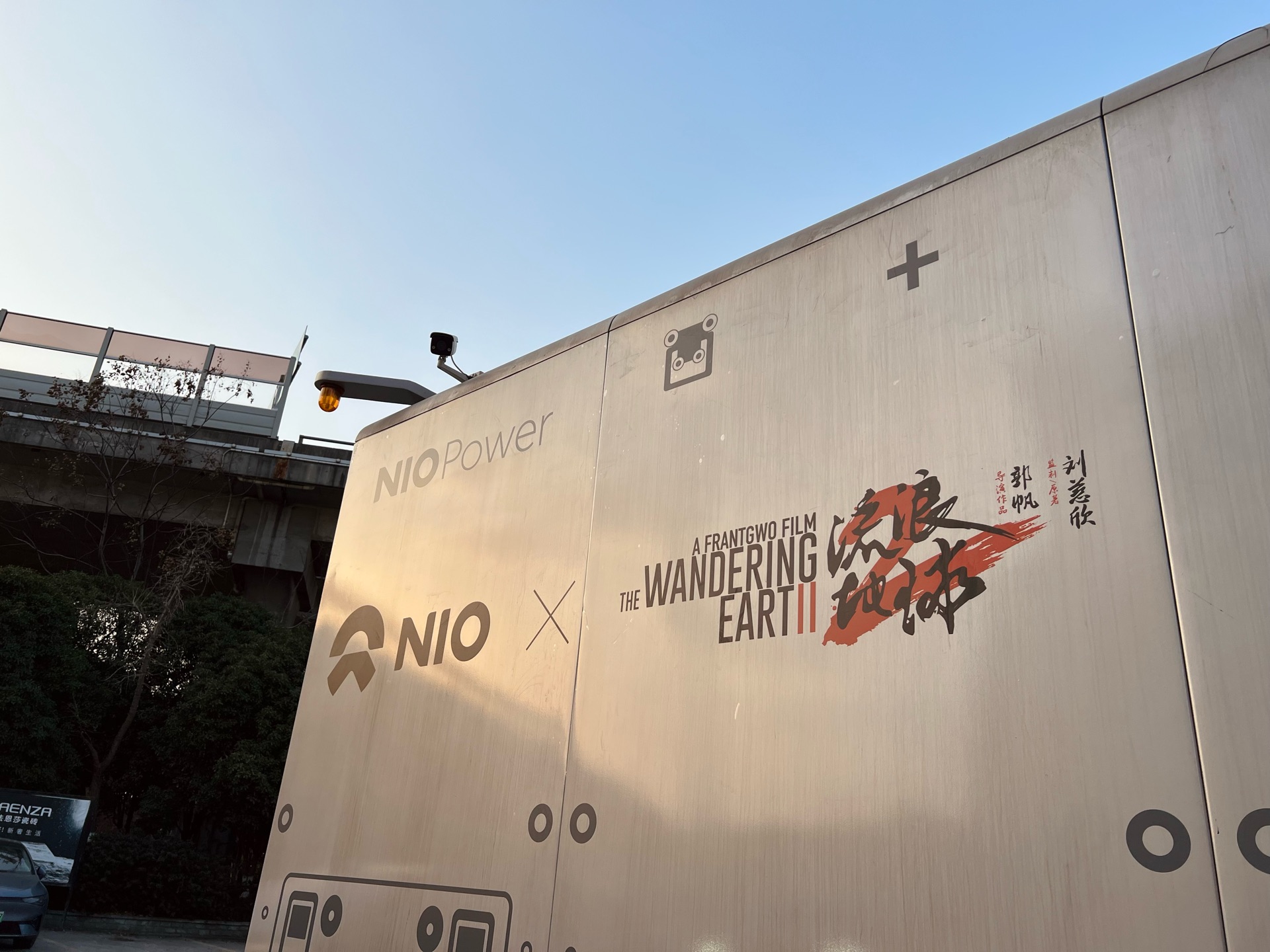
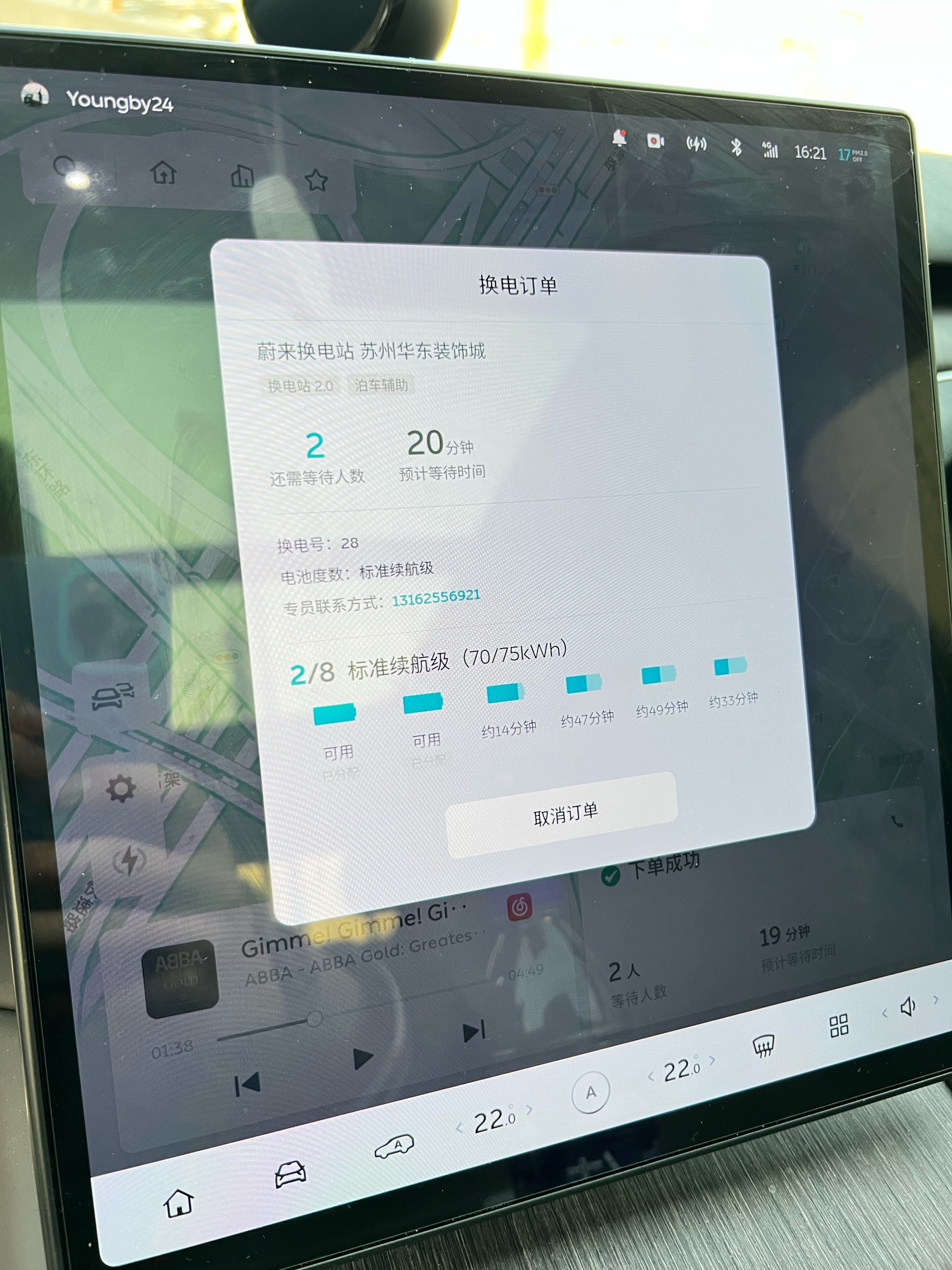

G15 Shenhai Expressway Sutong Bridge segment issued a “traffic jam warning” during the holiday travel, and it is suggested that drivers should plan ahead. This time, I decided to take a ferry instead of the usual route. Unexpectedly, we avoided the traffic jam but got stuck in the fact that there was only one ferry working during the holiday. We waited on the shore for more than forty minutes…
“`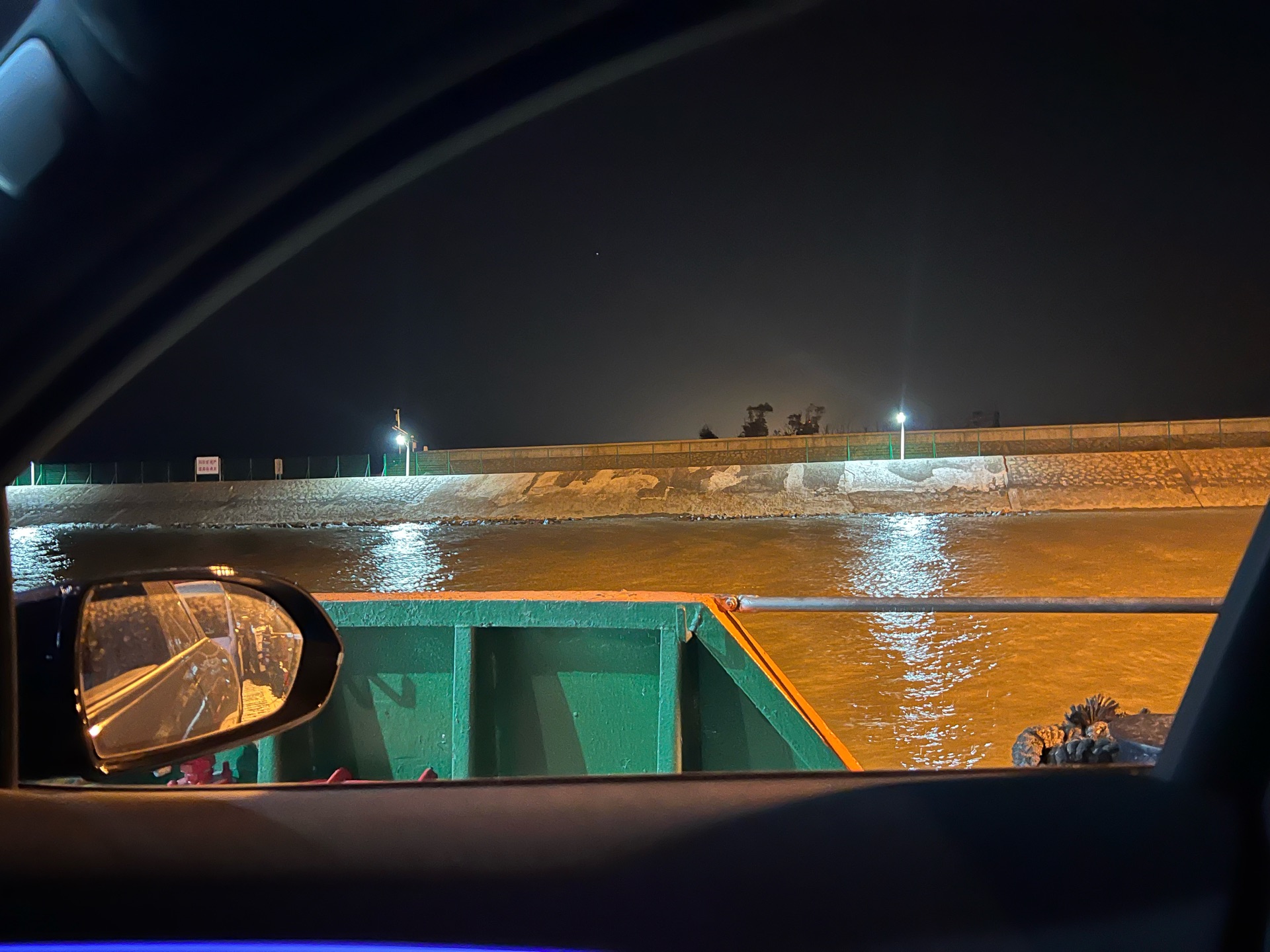
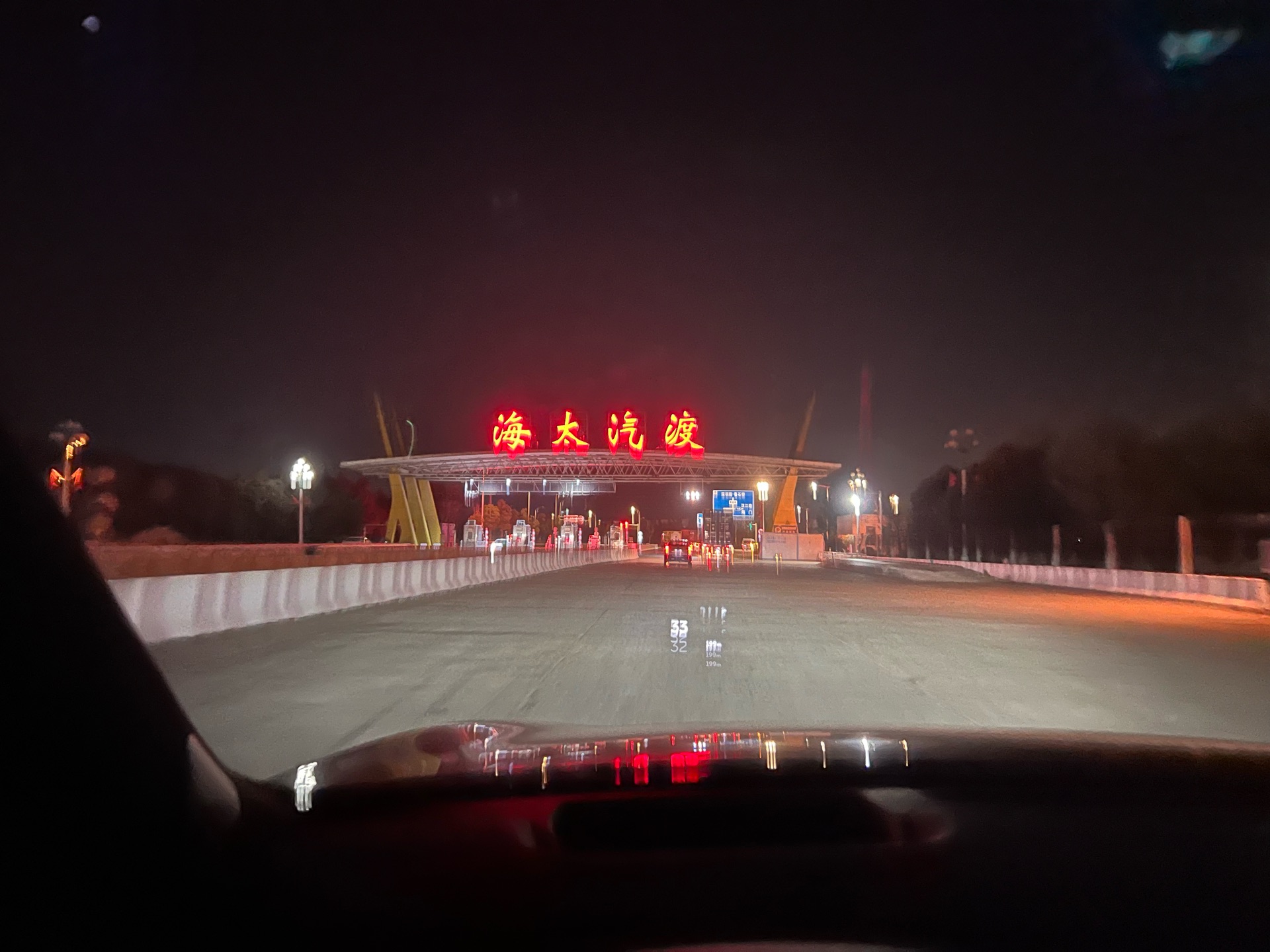
The traveler returns to the harbor and safely arrives home, opening the door to find a table full of dishes prepared. Even with the bright moon of a foreign land, it cannot compare to the comfort of a single lamp in one’s hometown.

Final Thoughts:
-
This brief experience during the Spring Festival travel season truly allowed me to feel the effort and scope that NIO has put into enhancing the user experience in terms of basic functions and energy supplementation. With just this one decision, it is likely that competitors will fall behind. And without venturing far, NIO’s battery swap and supercharging stations have already been deployed in many cities and regions, so users in the Yangtze River Delta region need not worry about finding a place to charge.
-
A critique: The navigation function in the NIO app cannot send directions directly to the vehicle monitor. If this can be achieved, it would greatly enhance the user’s convenience. Sometimes, the route planned by the app is not flexible enough and does not support editing or modification. For example, when I returned from Jinhua to Suzhou and my battery was not particularly low, the app instructed me to switch batteries before setting out, rather than recommending or providing a charging plan. Additionally, I cannot delete the previously planned battery swap station. The interaction and logical experience still require improvement.
-
As a representative of car enthusiasts in Northern China, I call on NIO to increase the construction of swap and charging networks in this region. The range of NIO’s 70/75 degree batteries does not seem to be enough for my driving habits when traveling at high speeds in Northern China. I look forward to one day having the confidence to drive myself from Harbin to Mohe and beyond! Charge up!
This article is a translation by ChatGPT of a Chinese report from 42HOW. If you have any questions about it, please email bd@42how.com.
